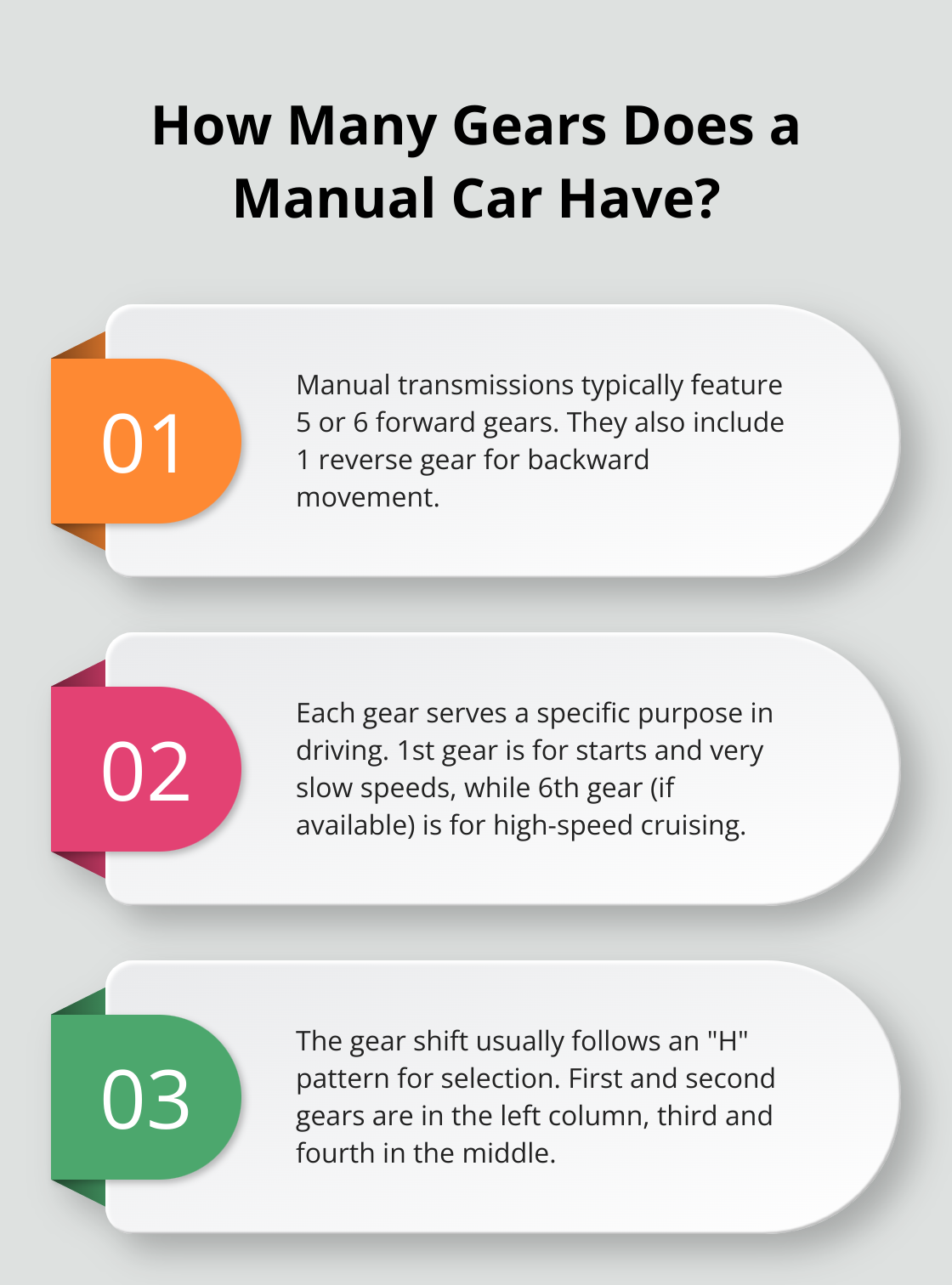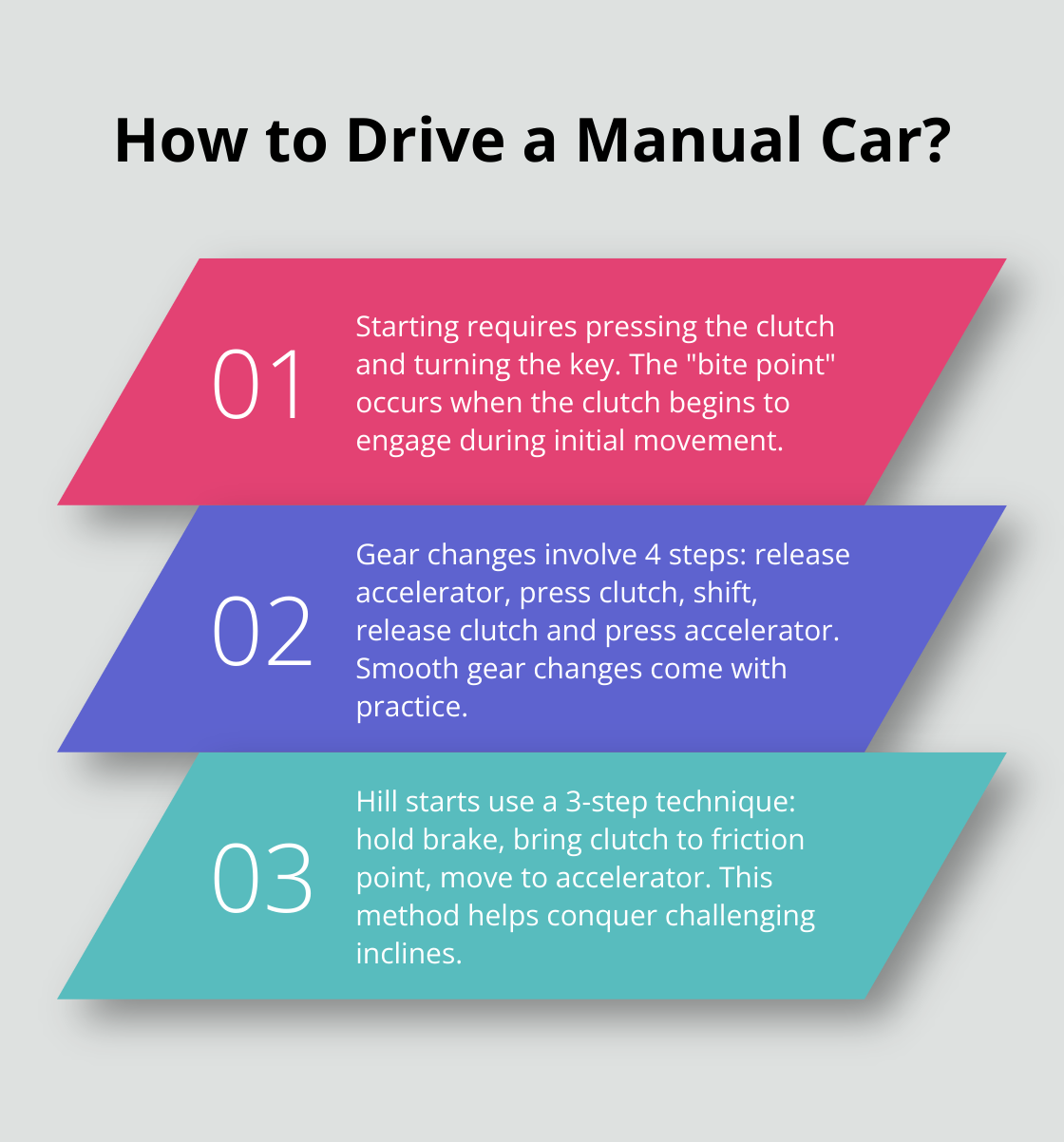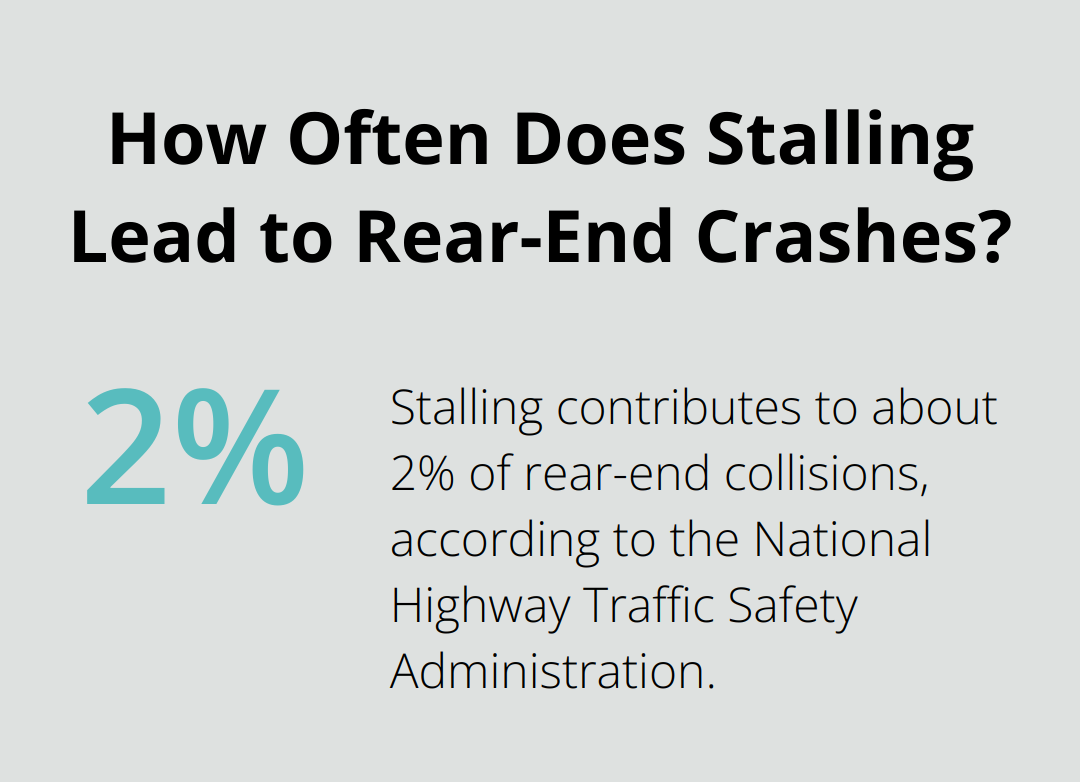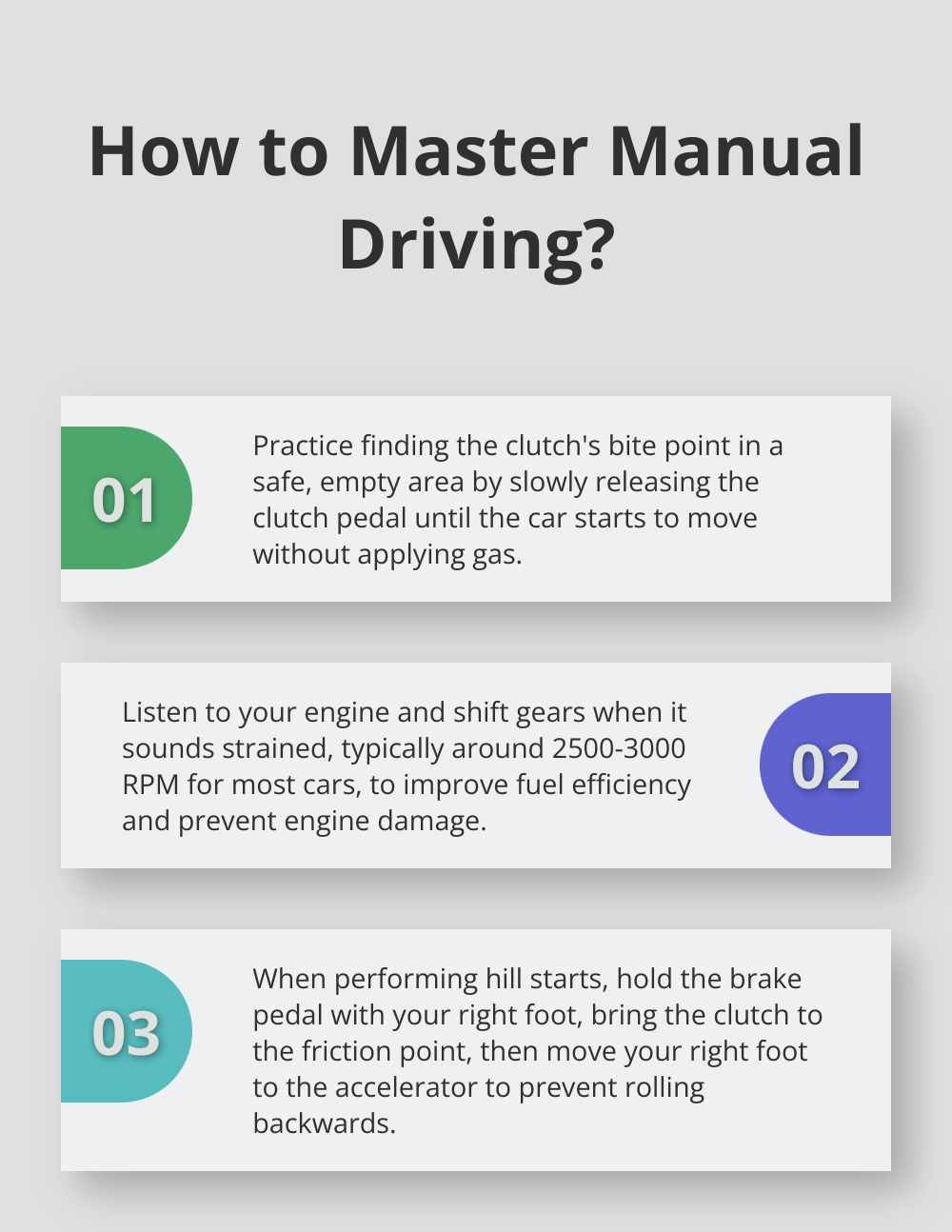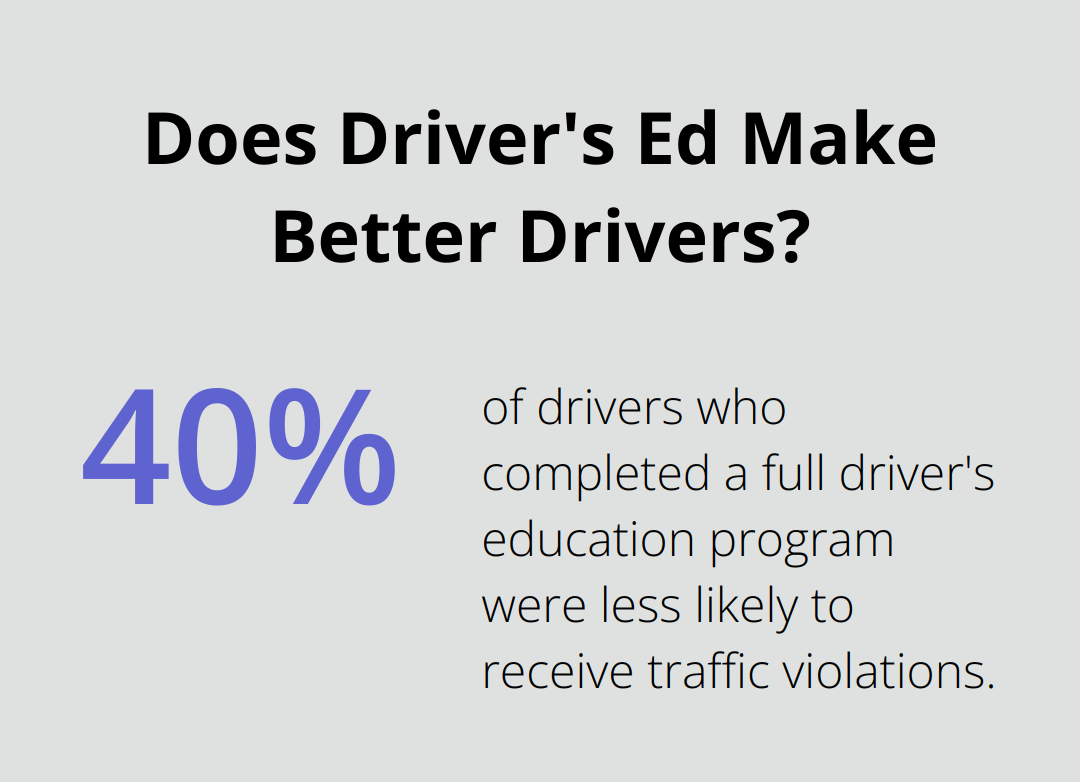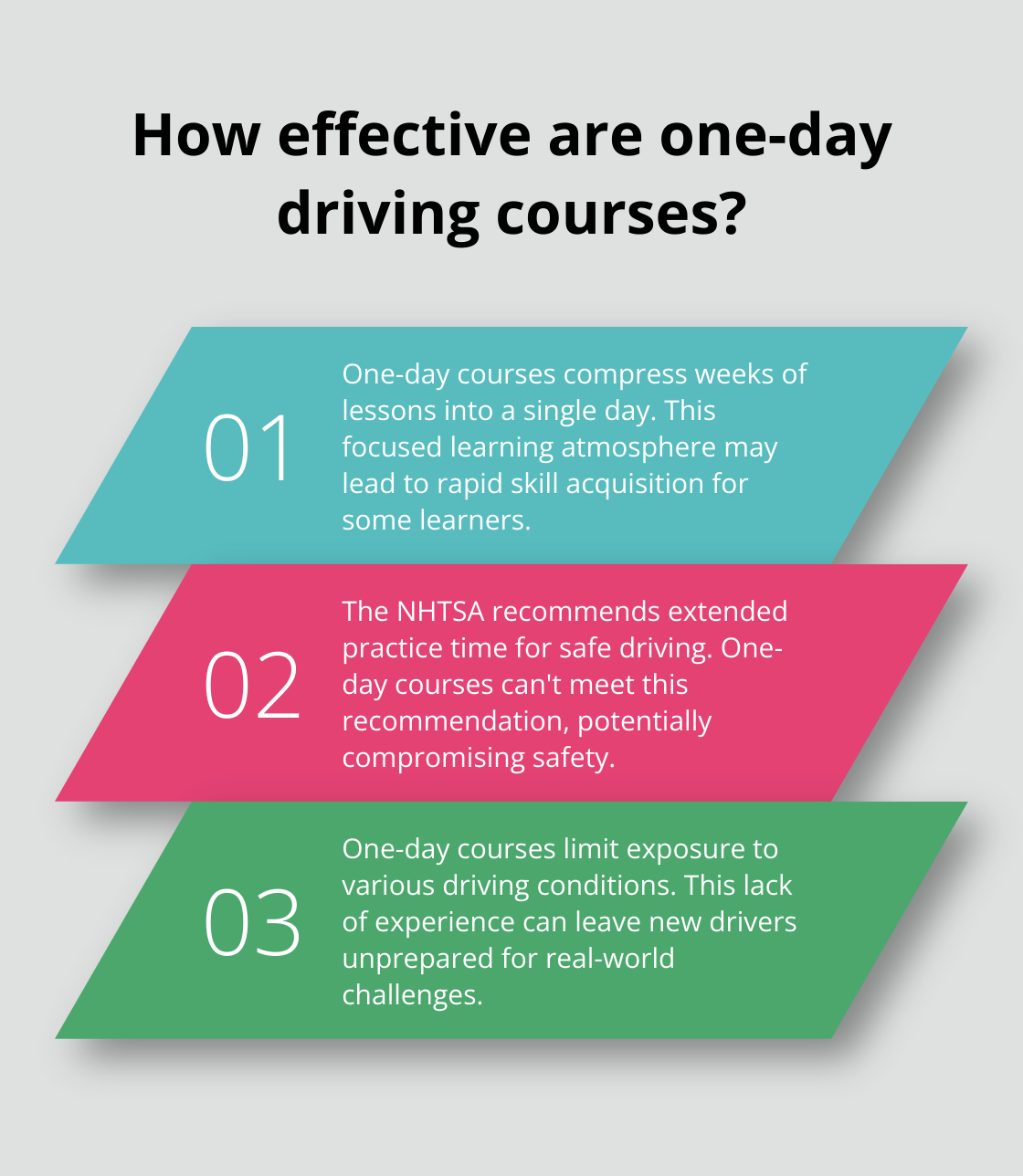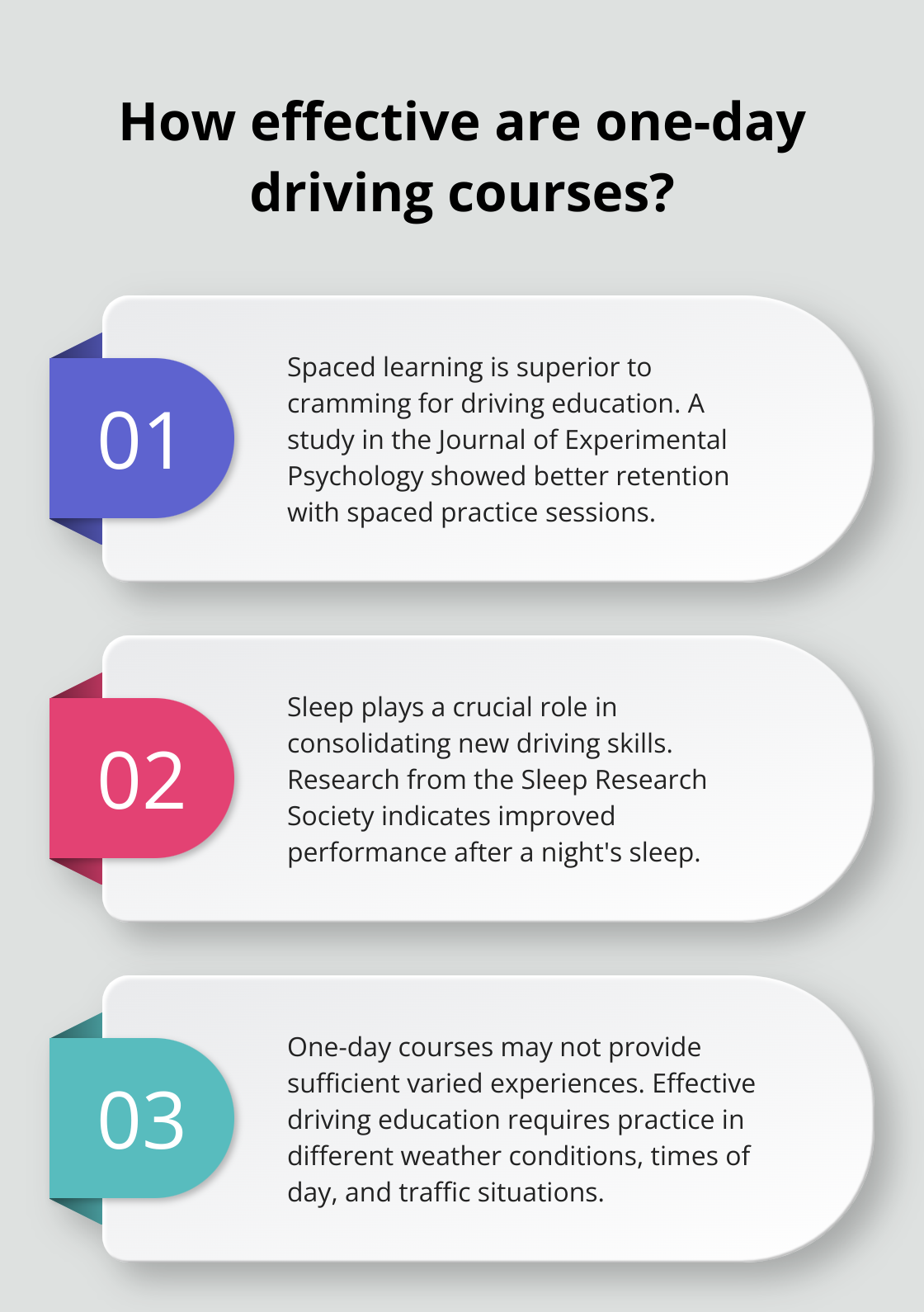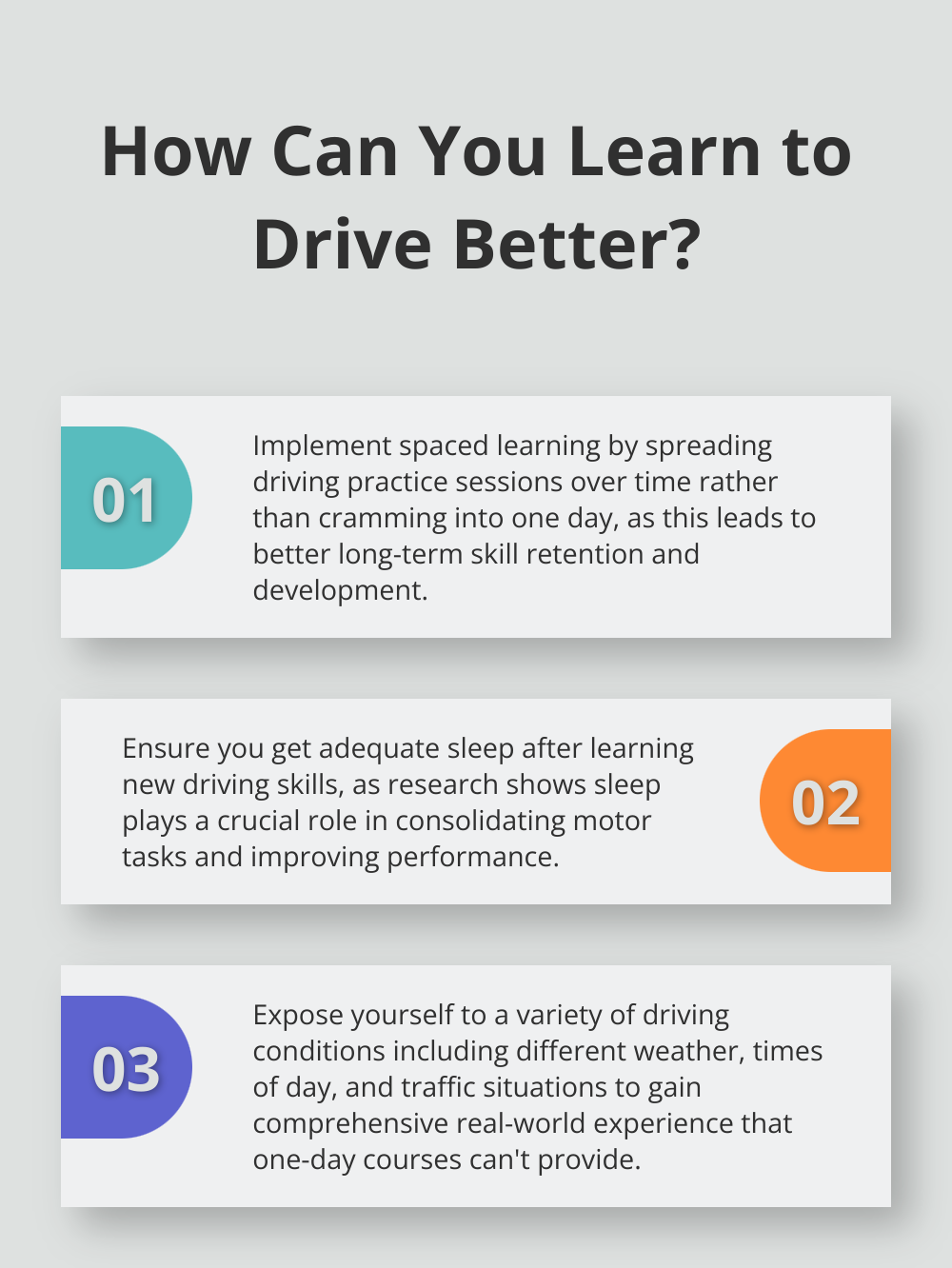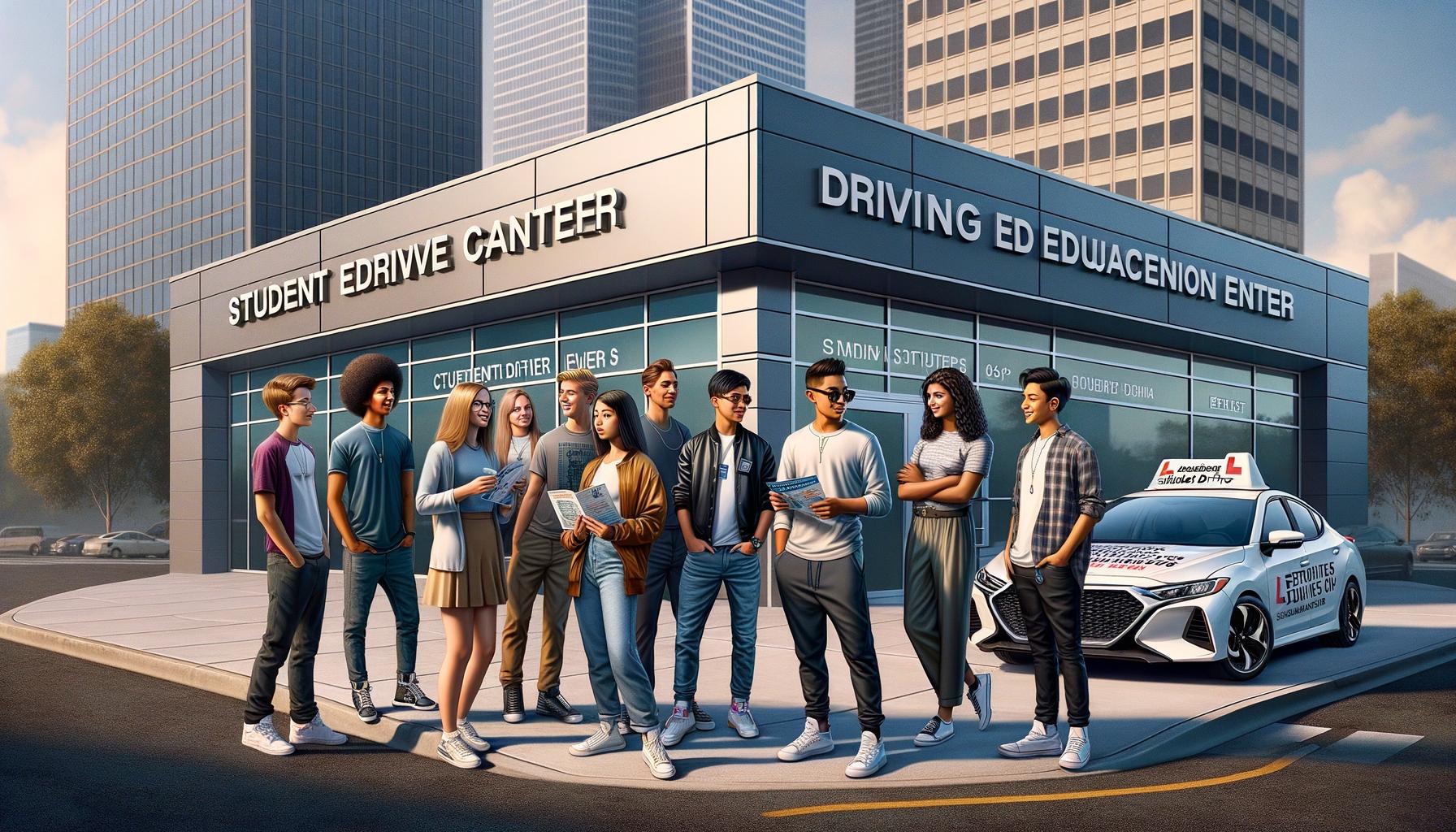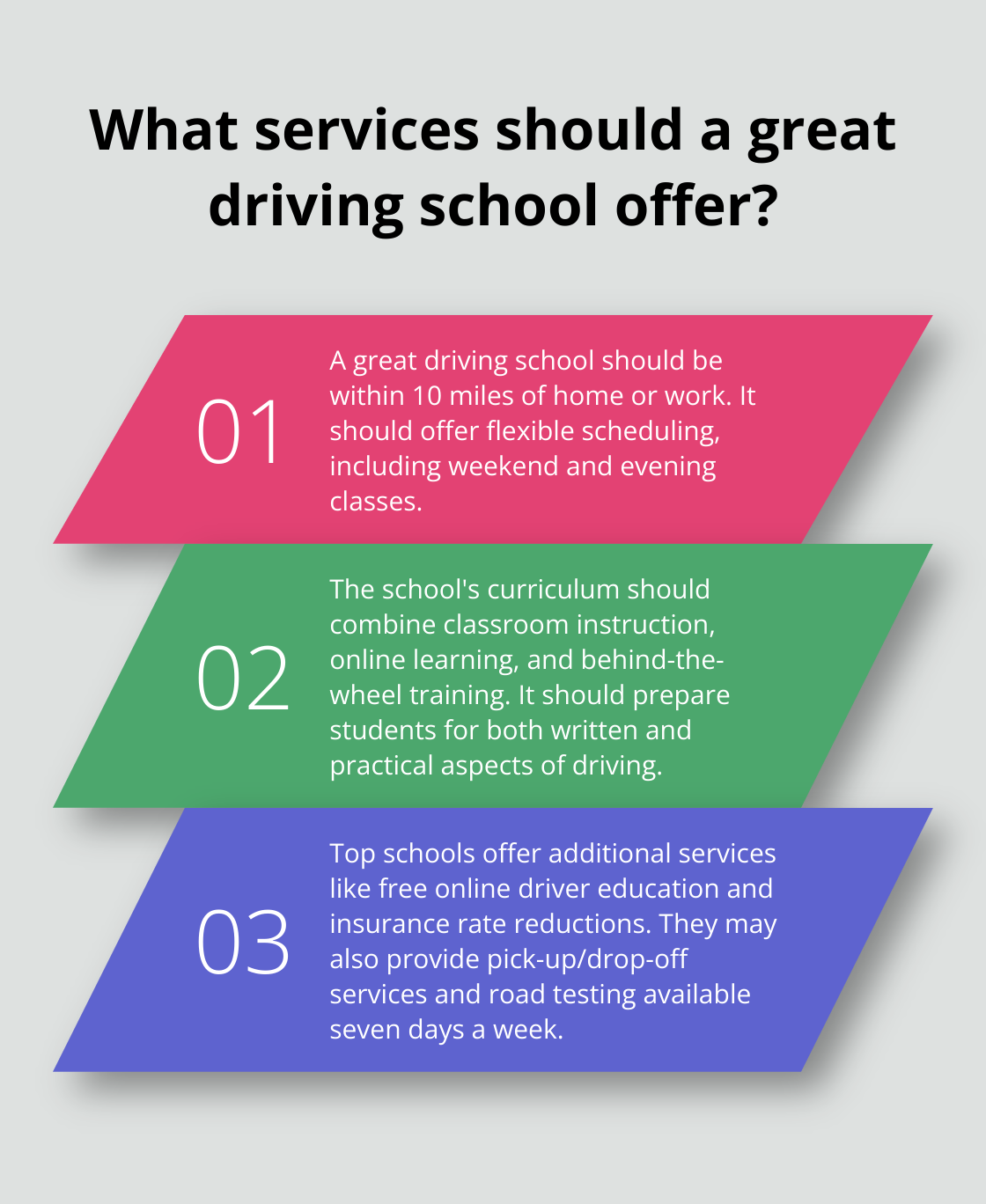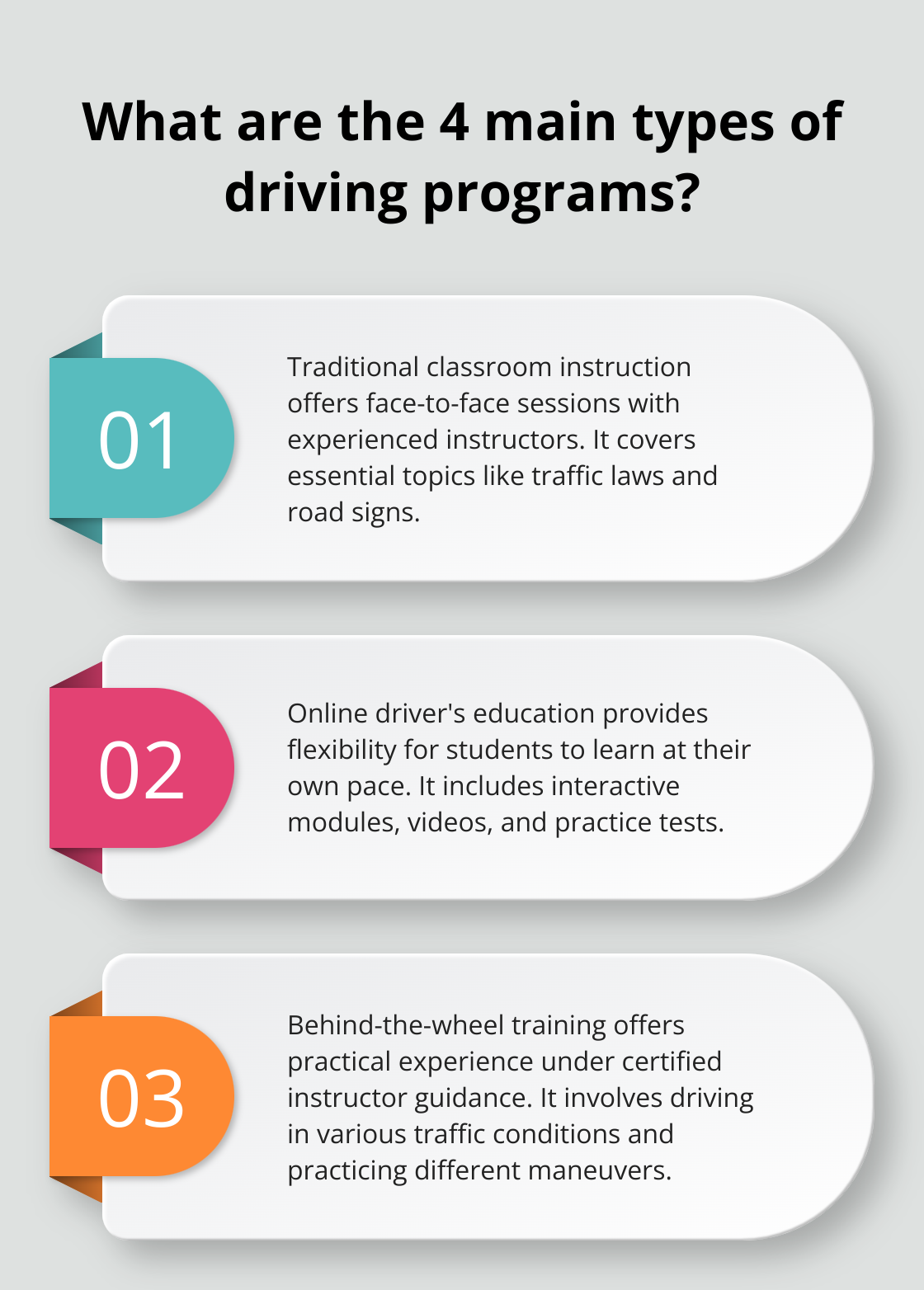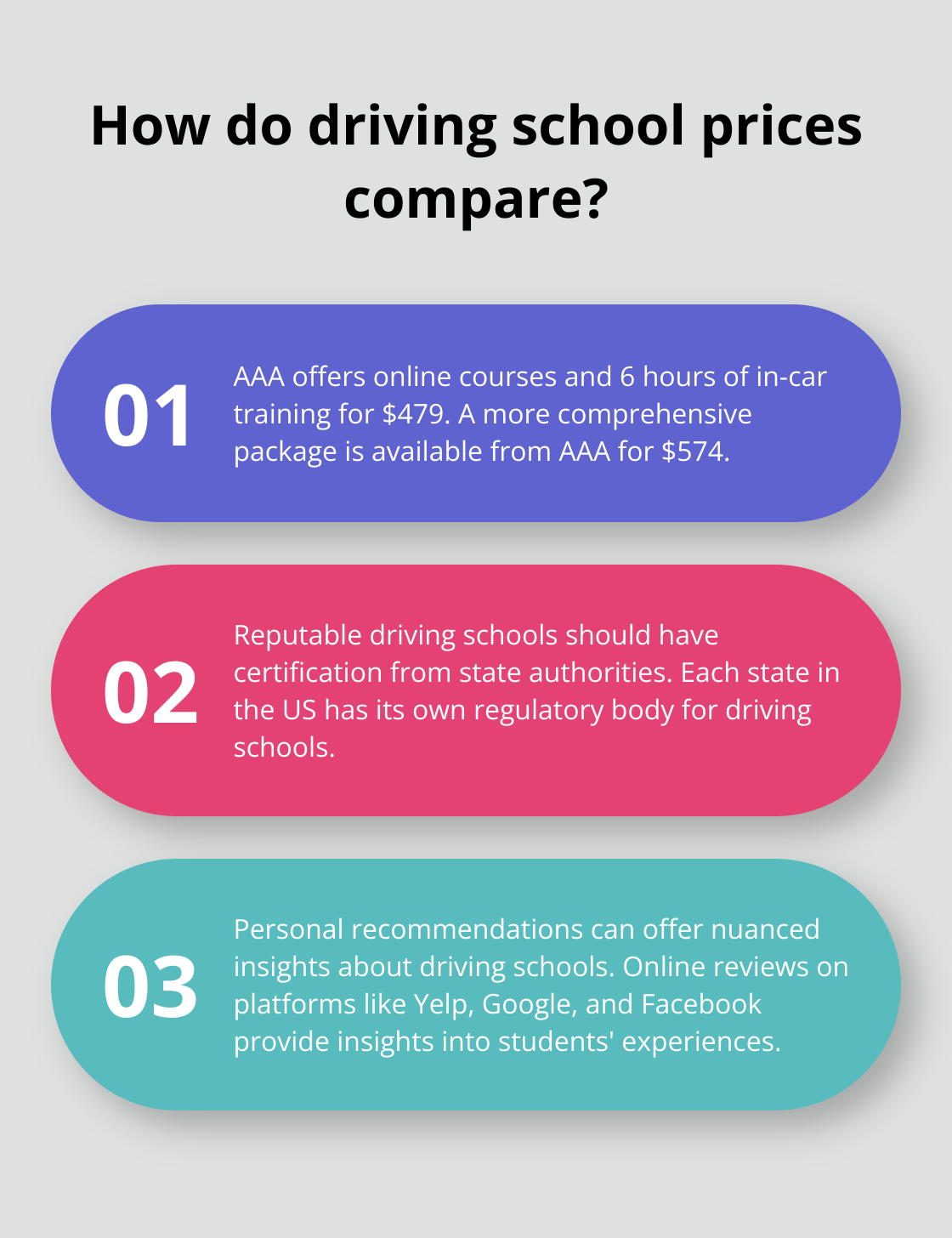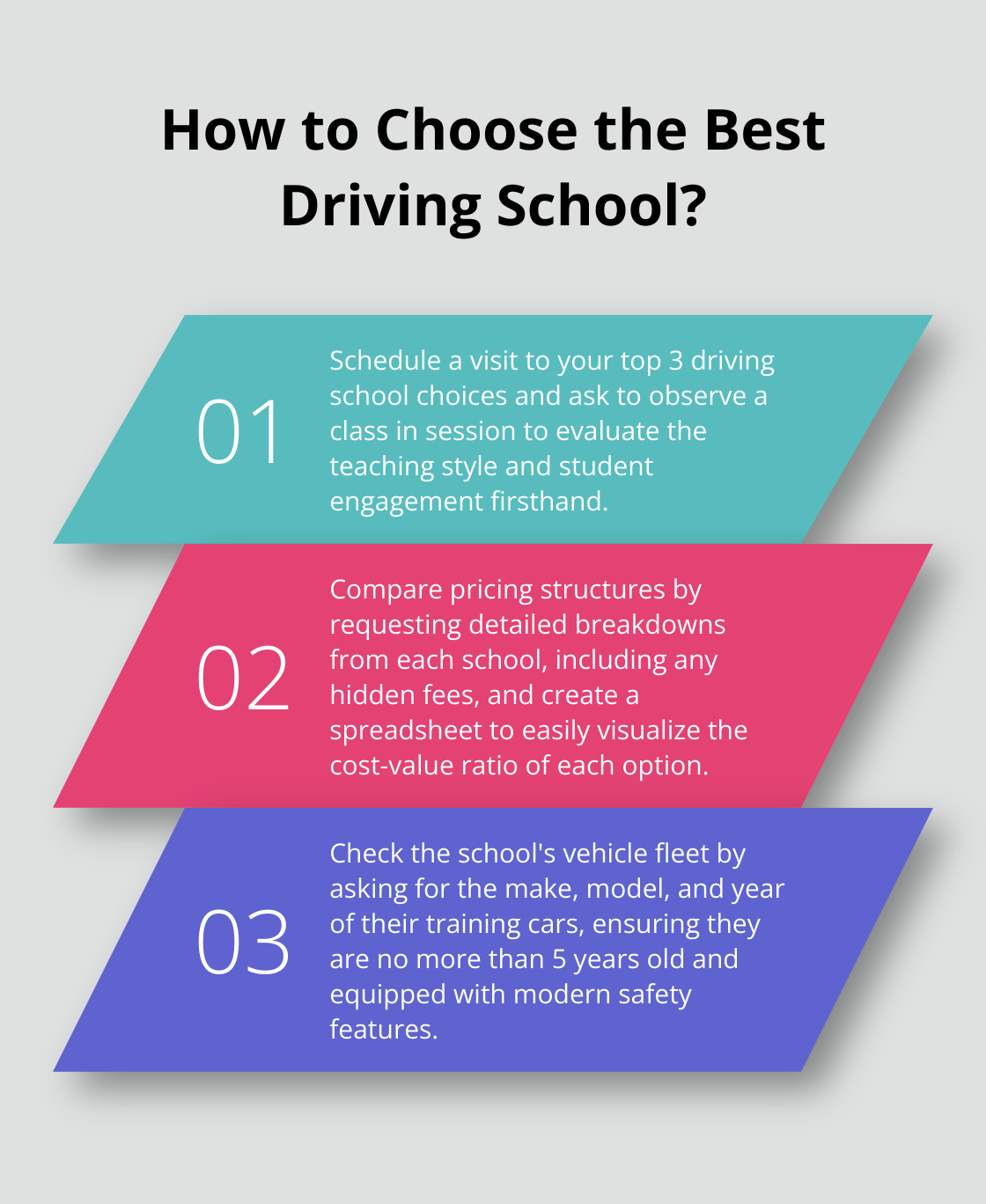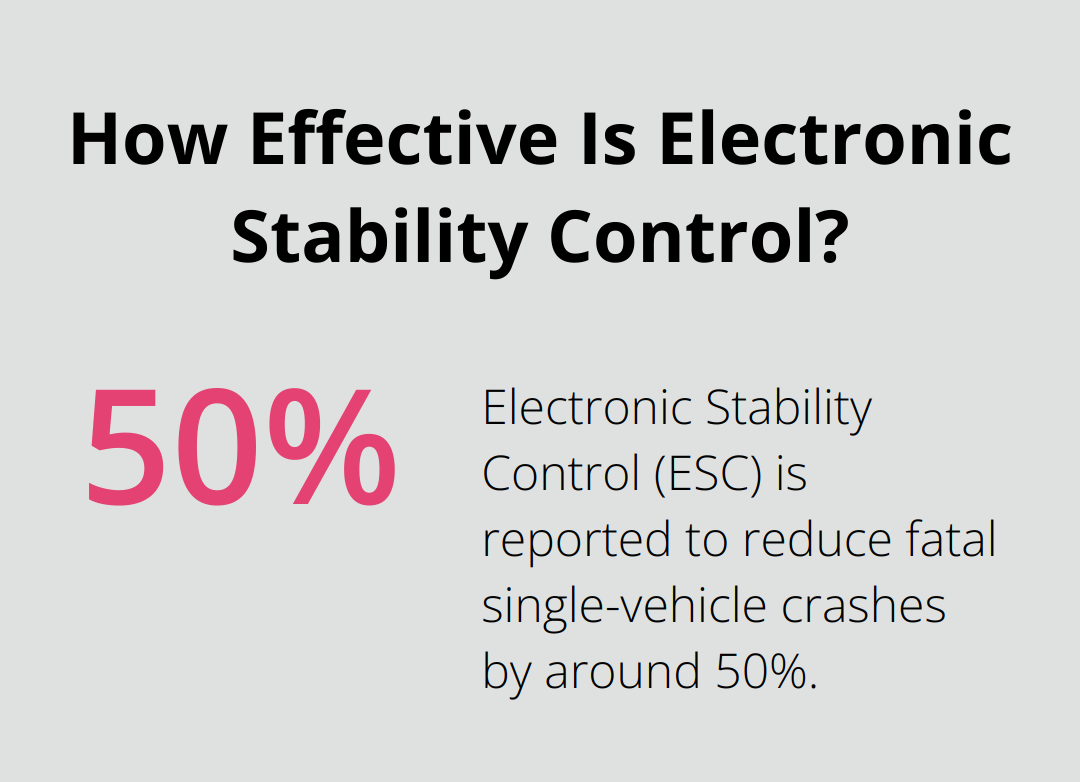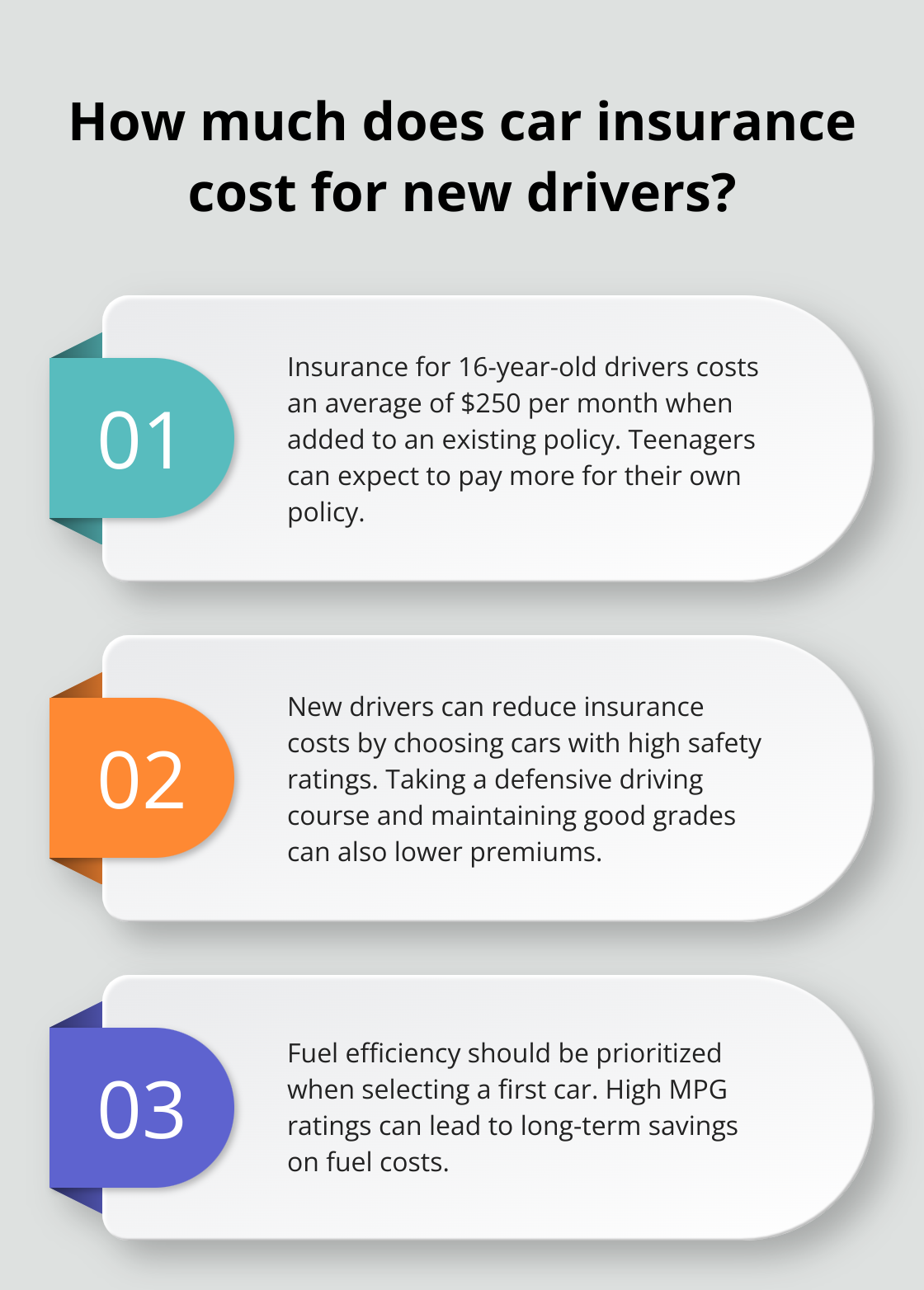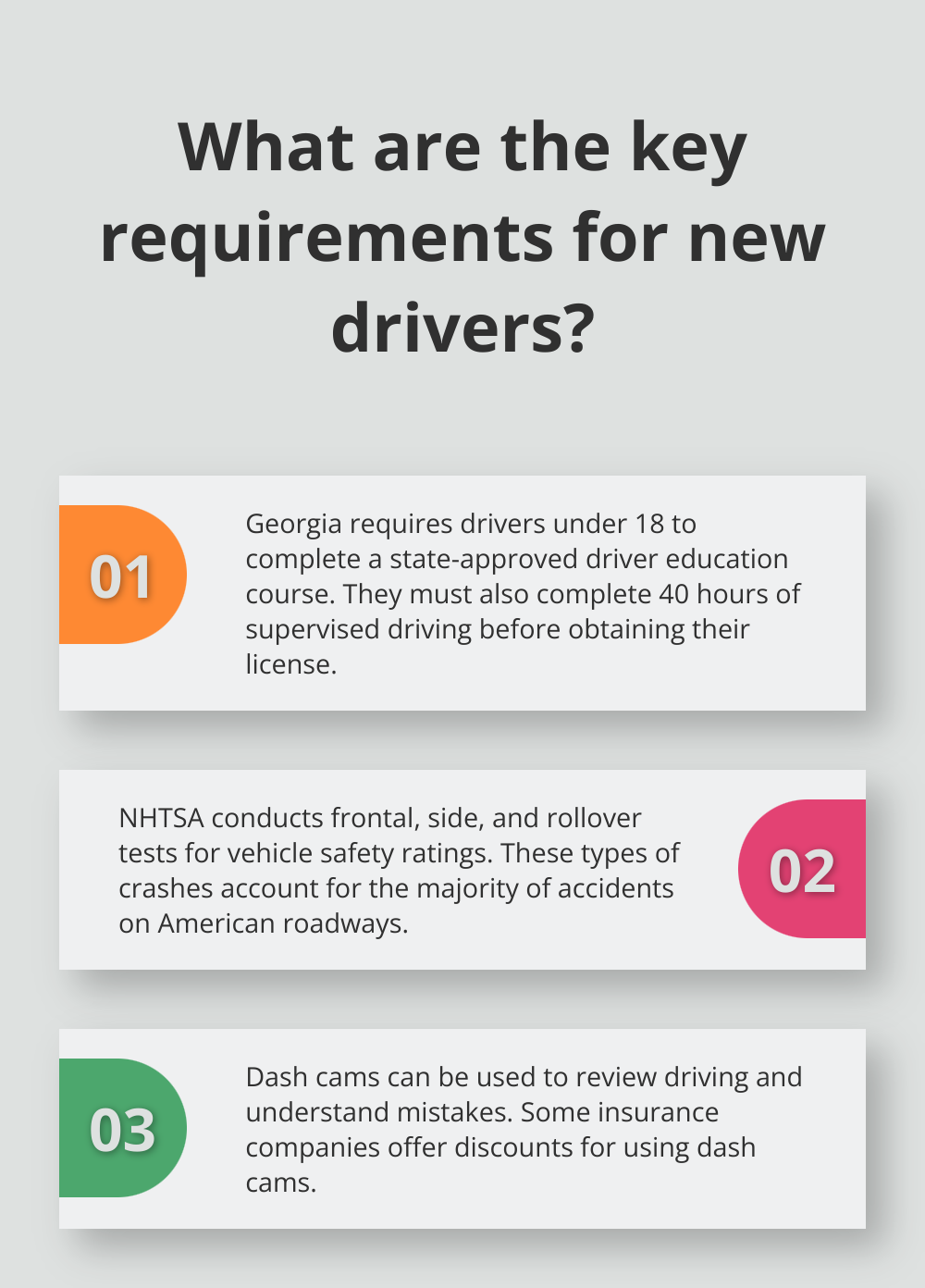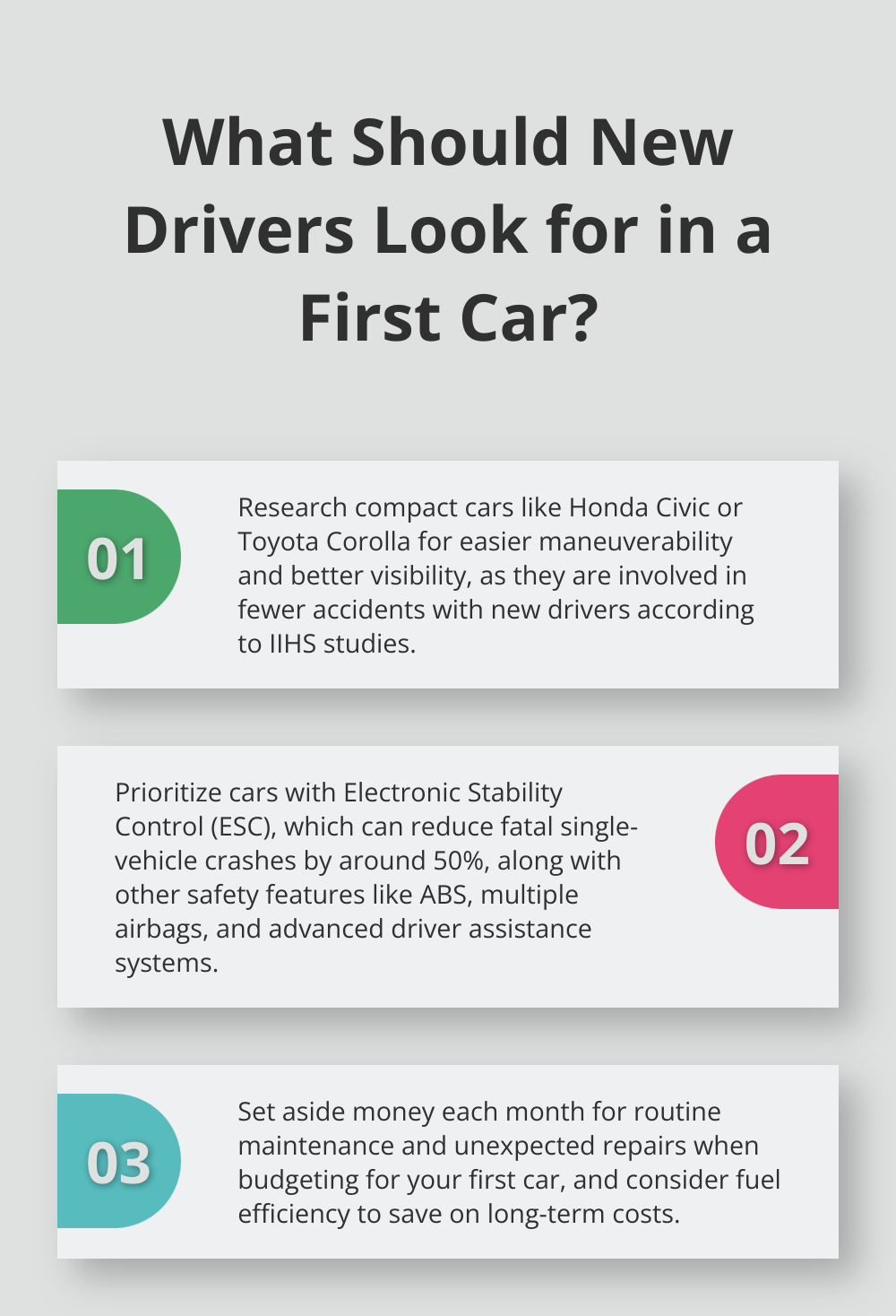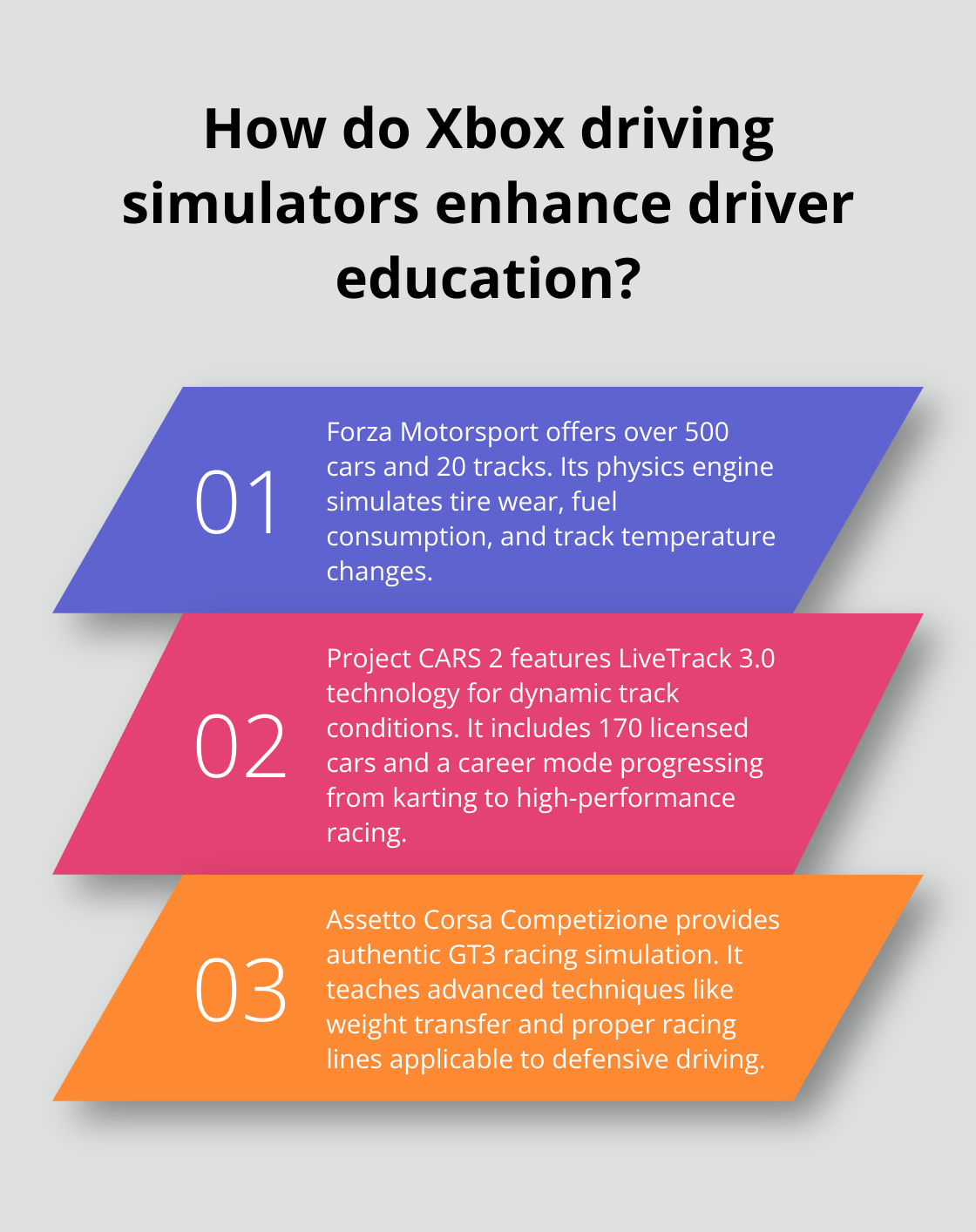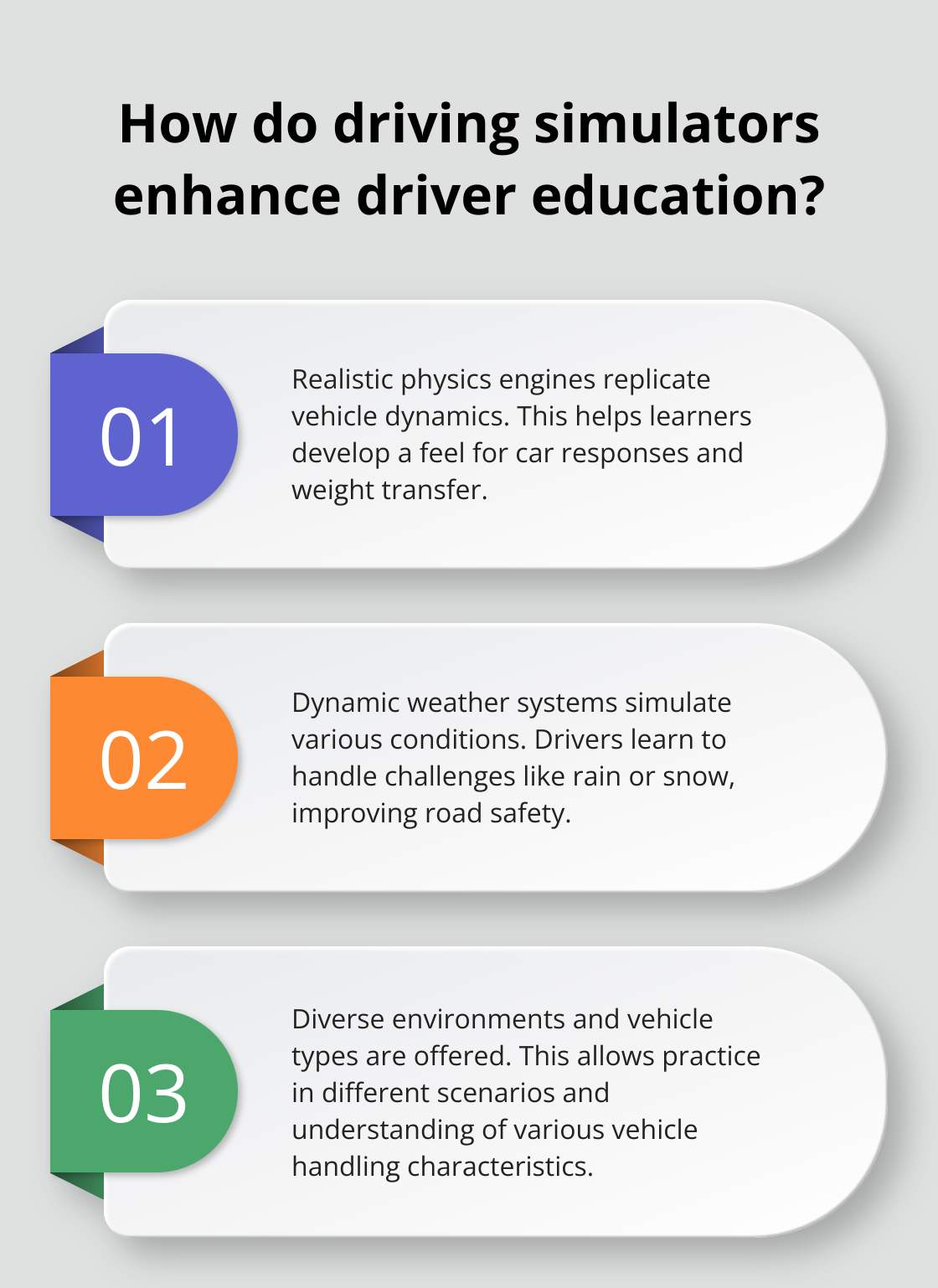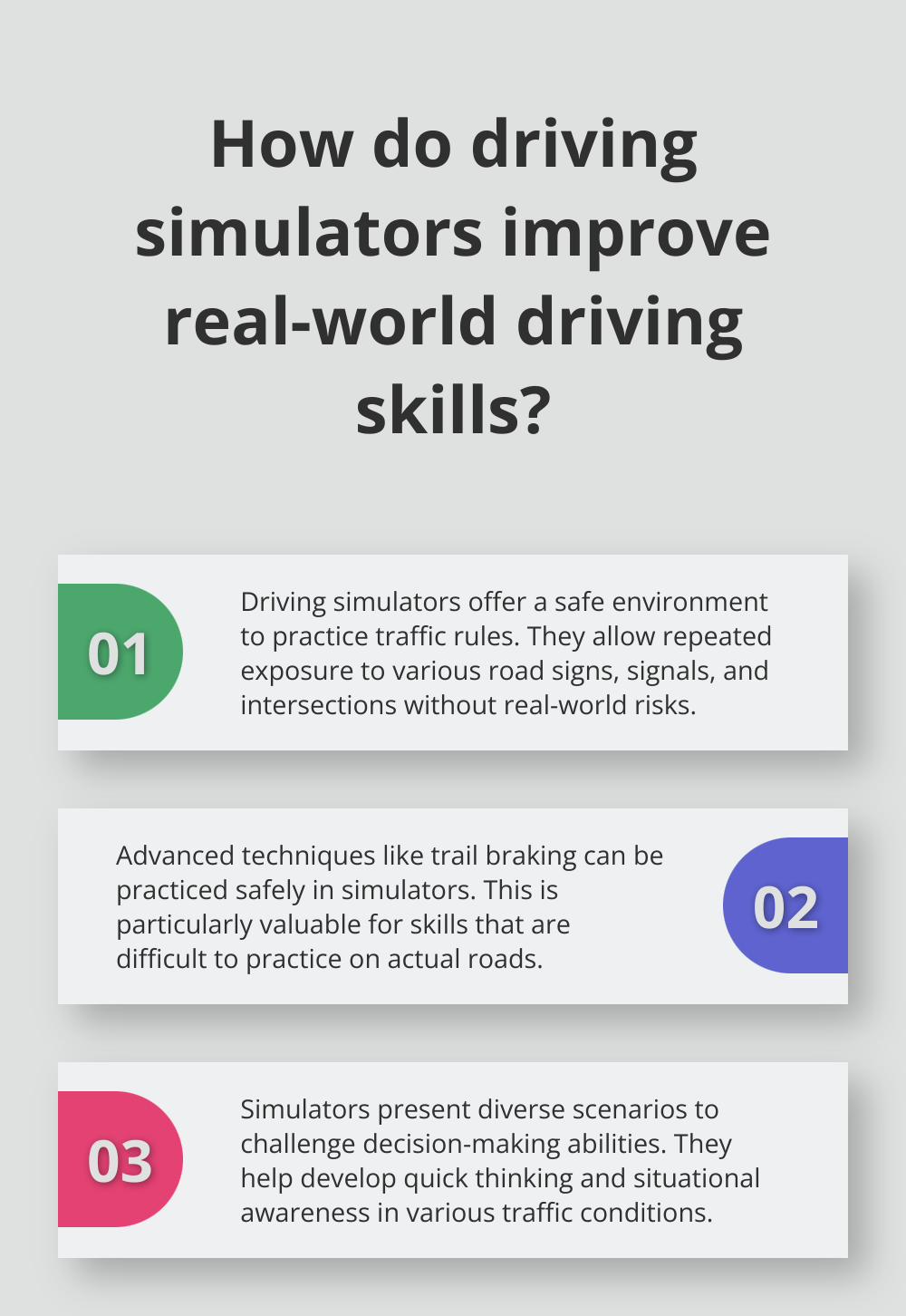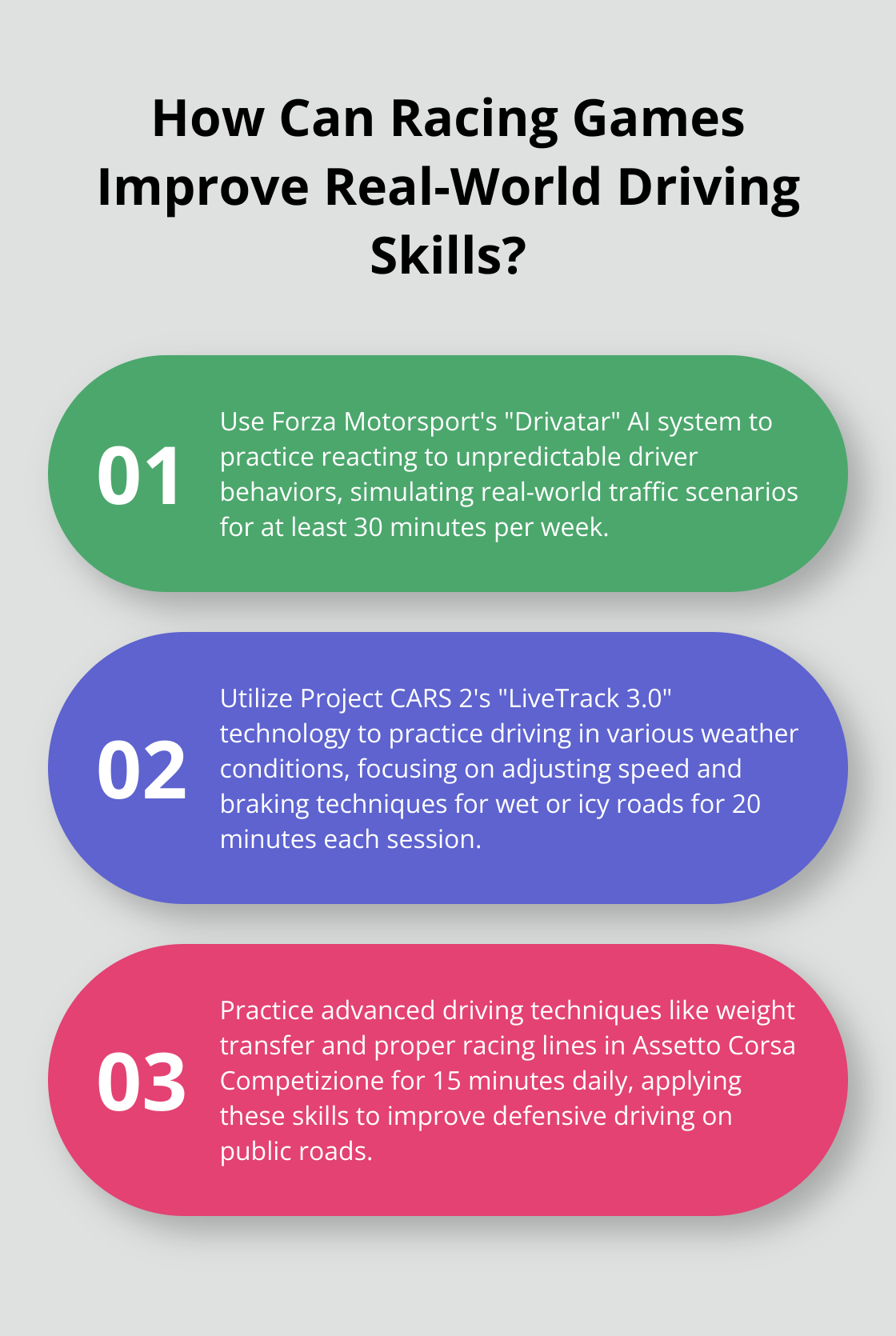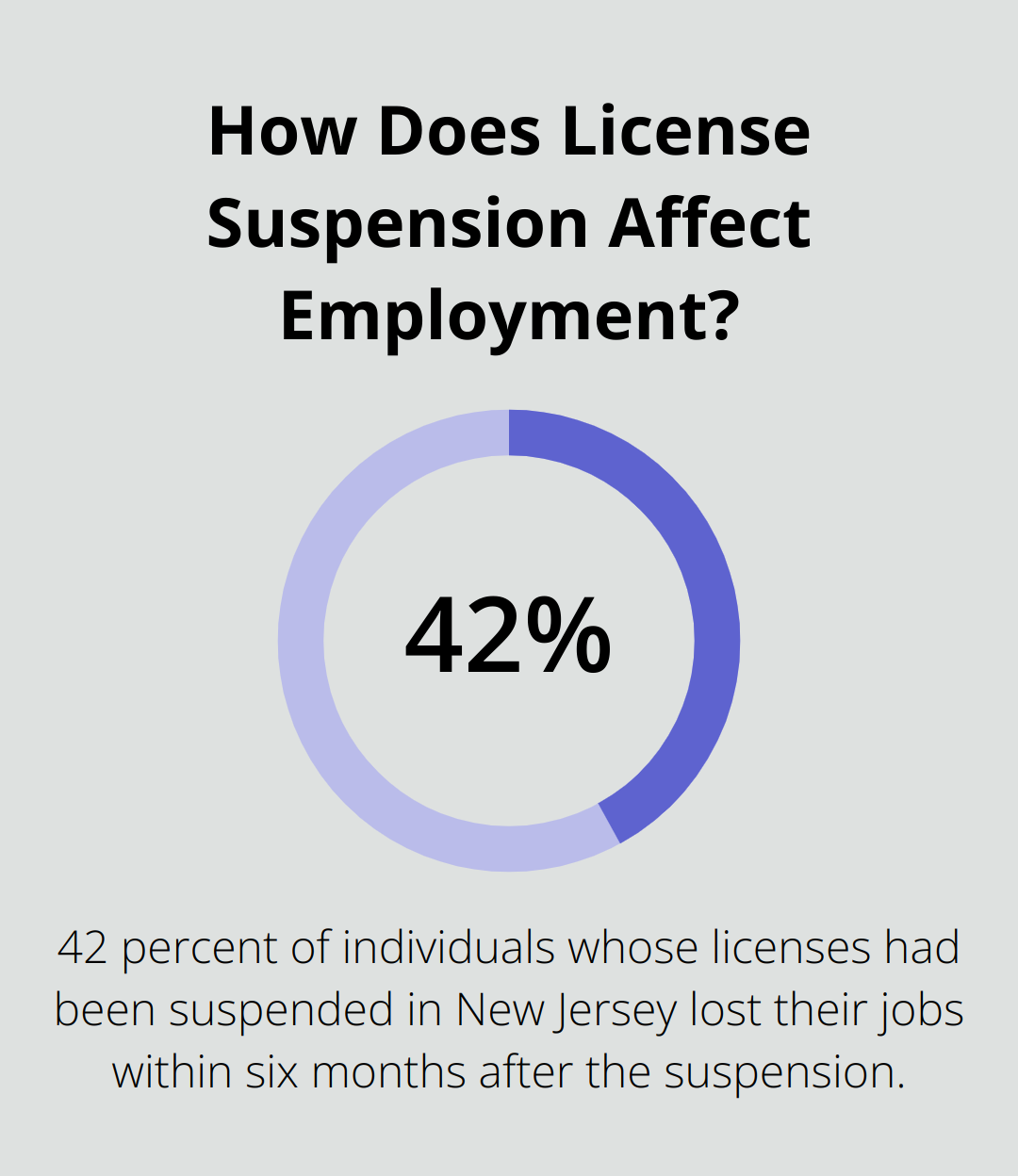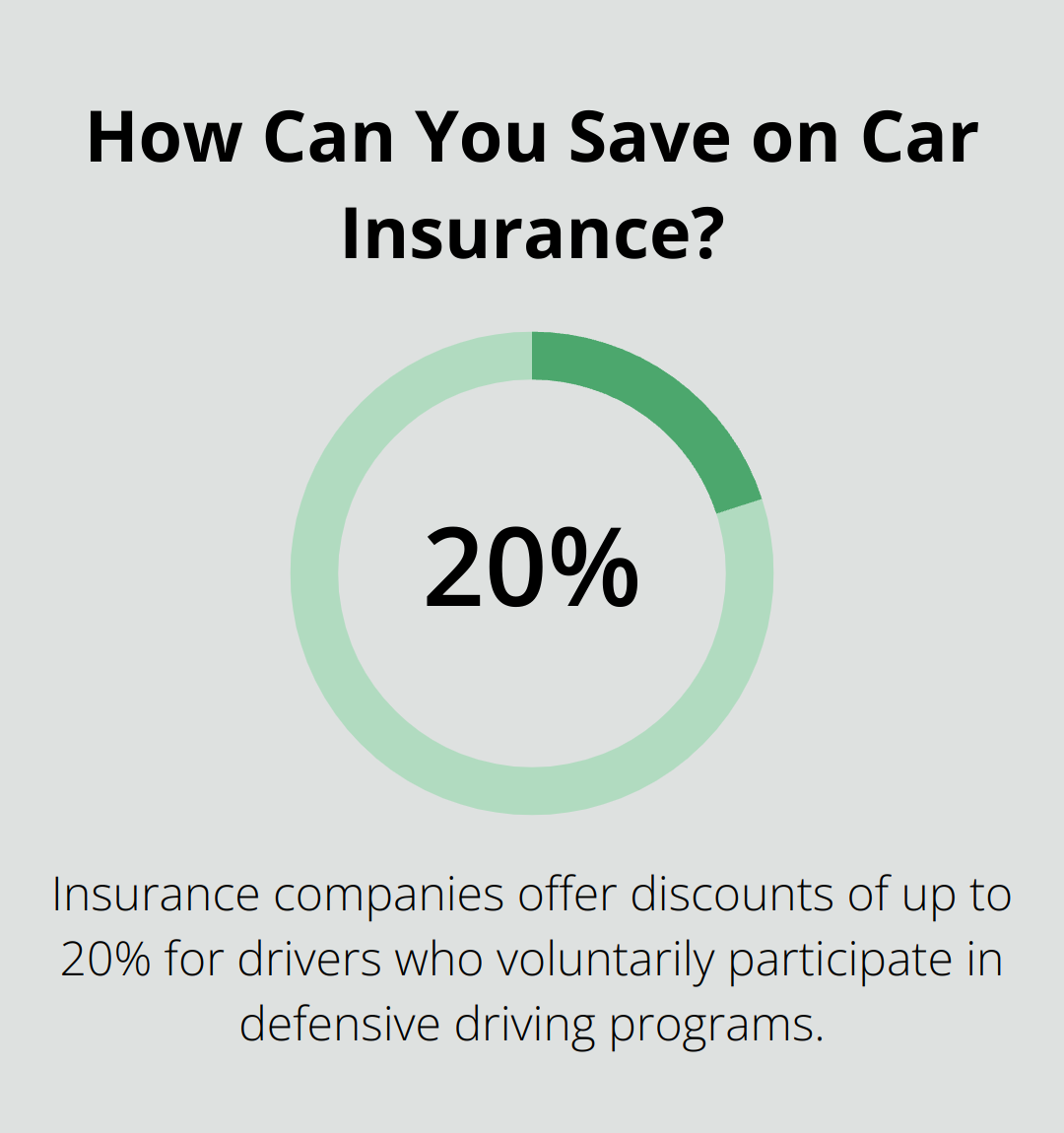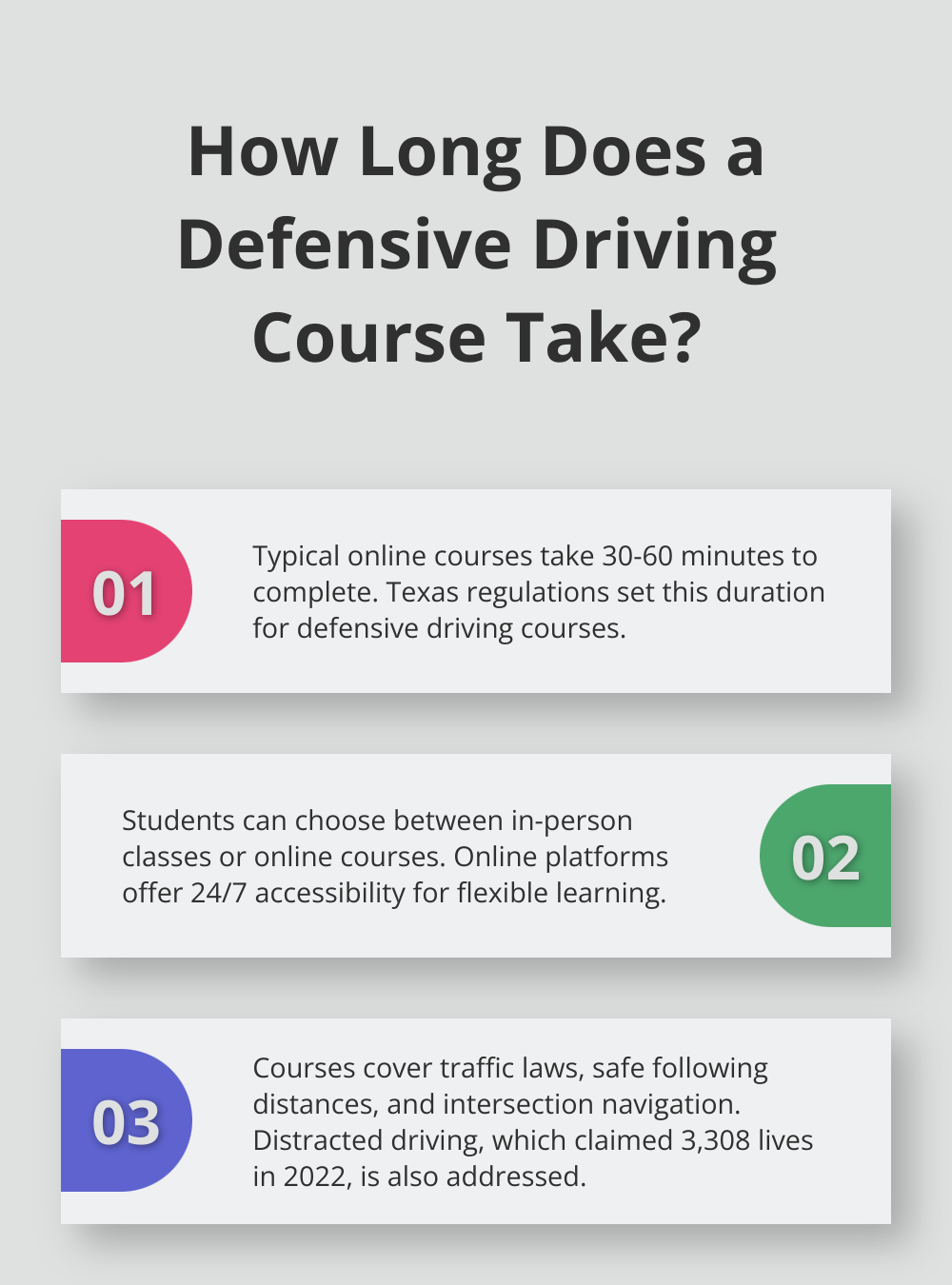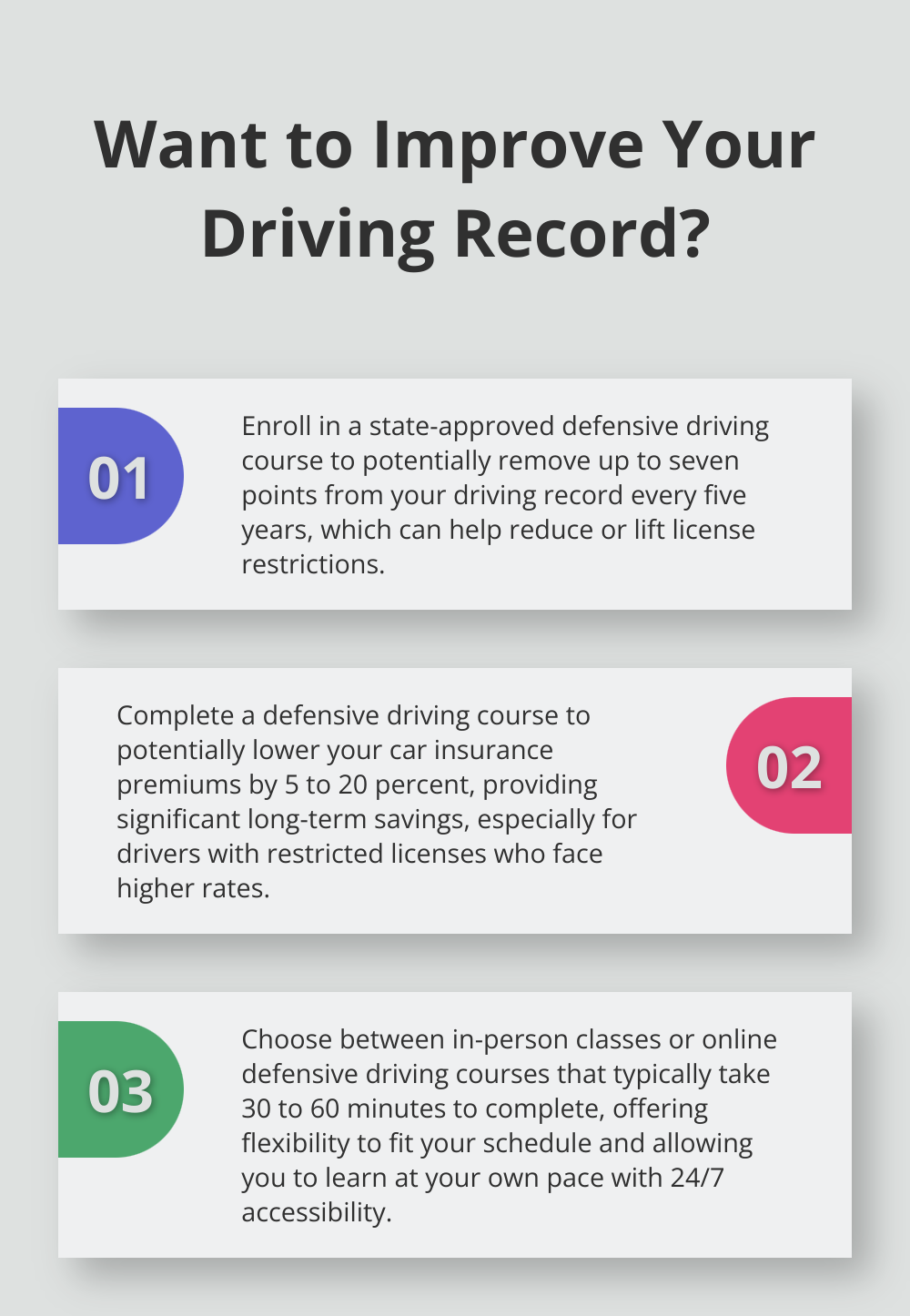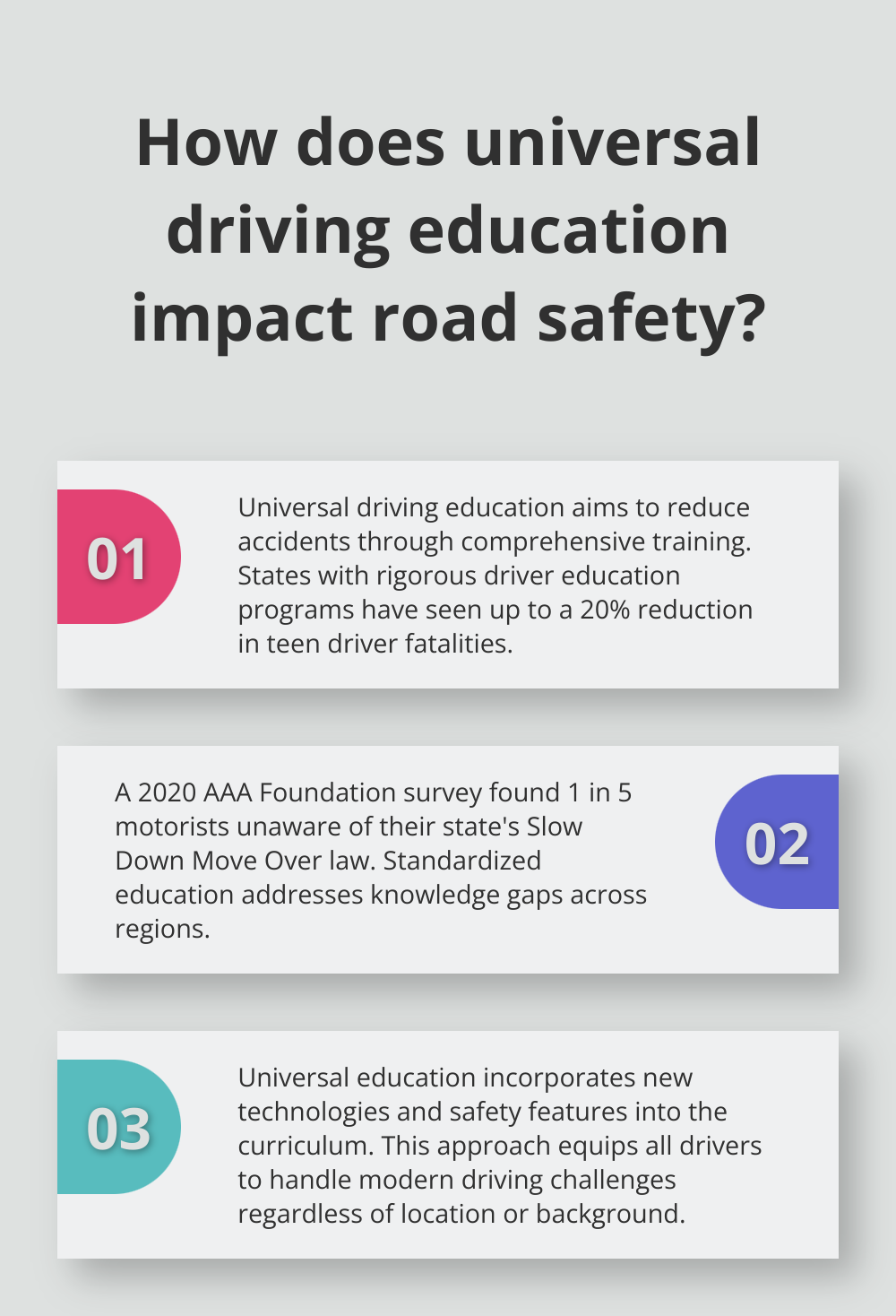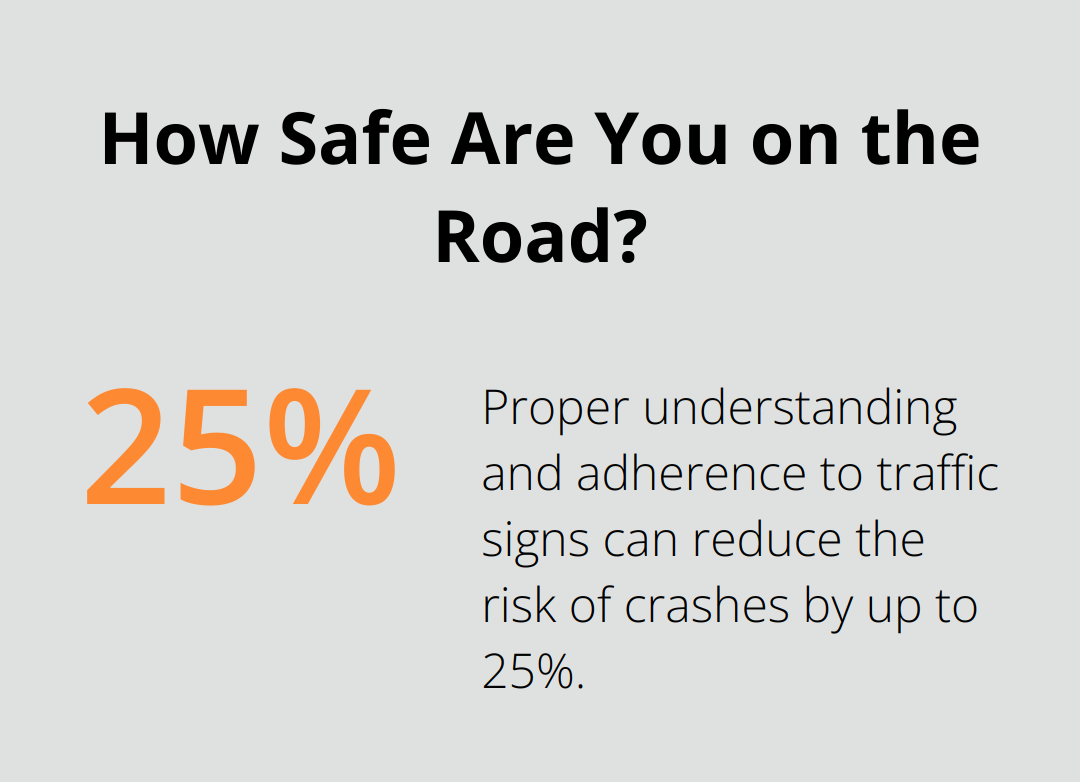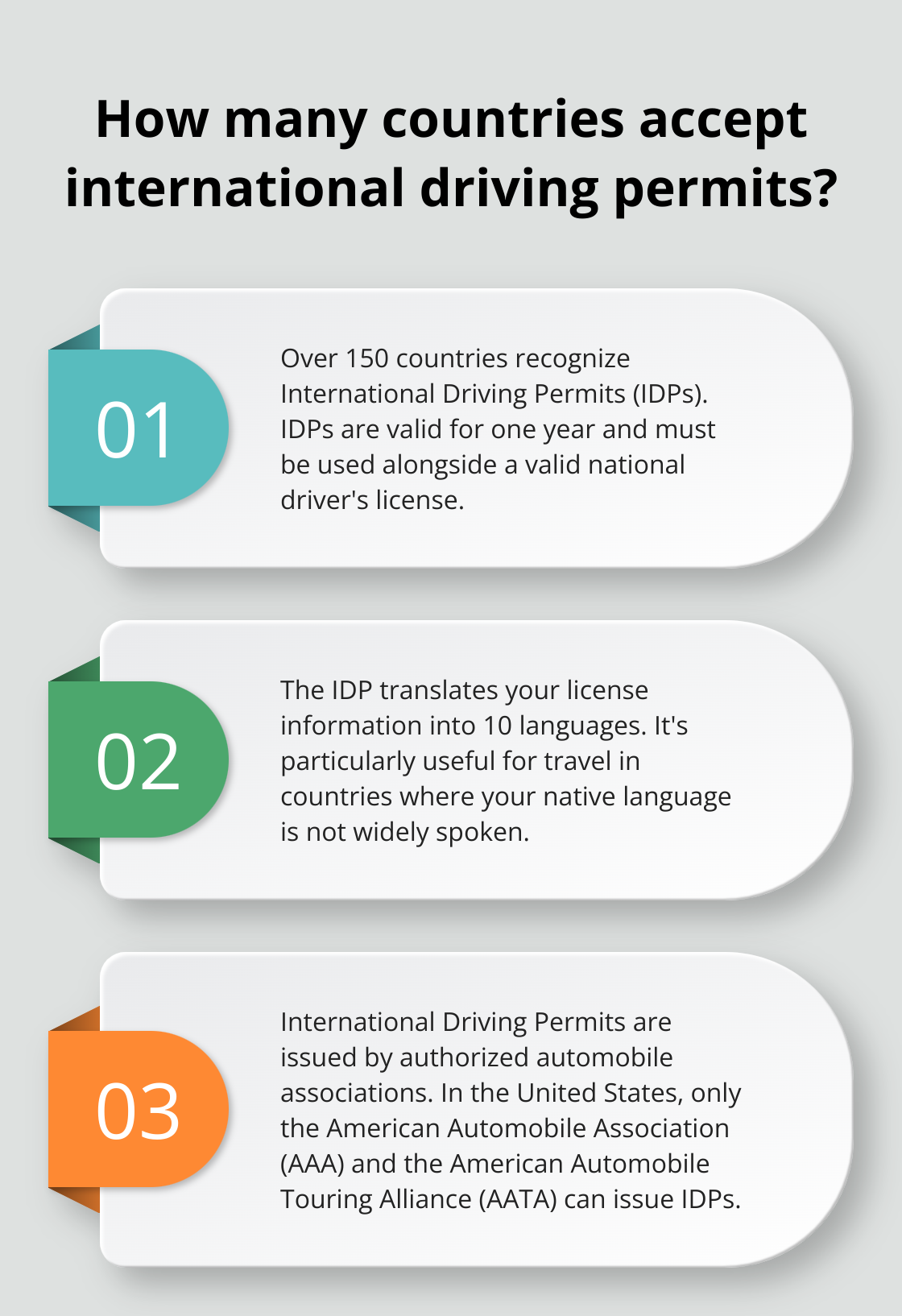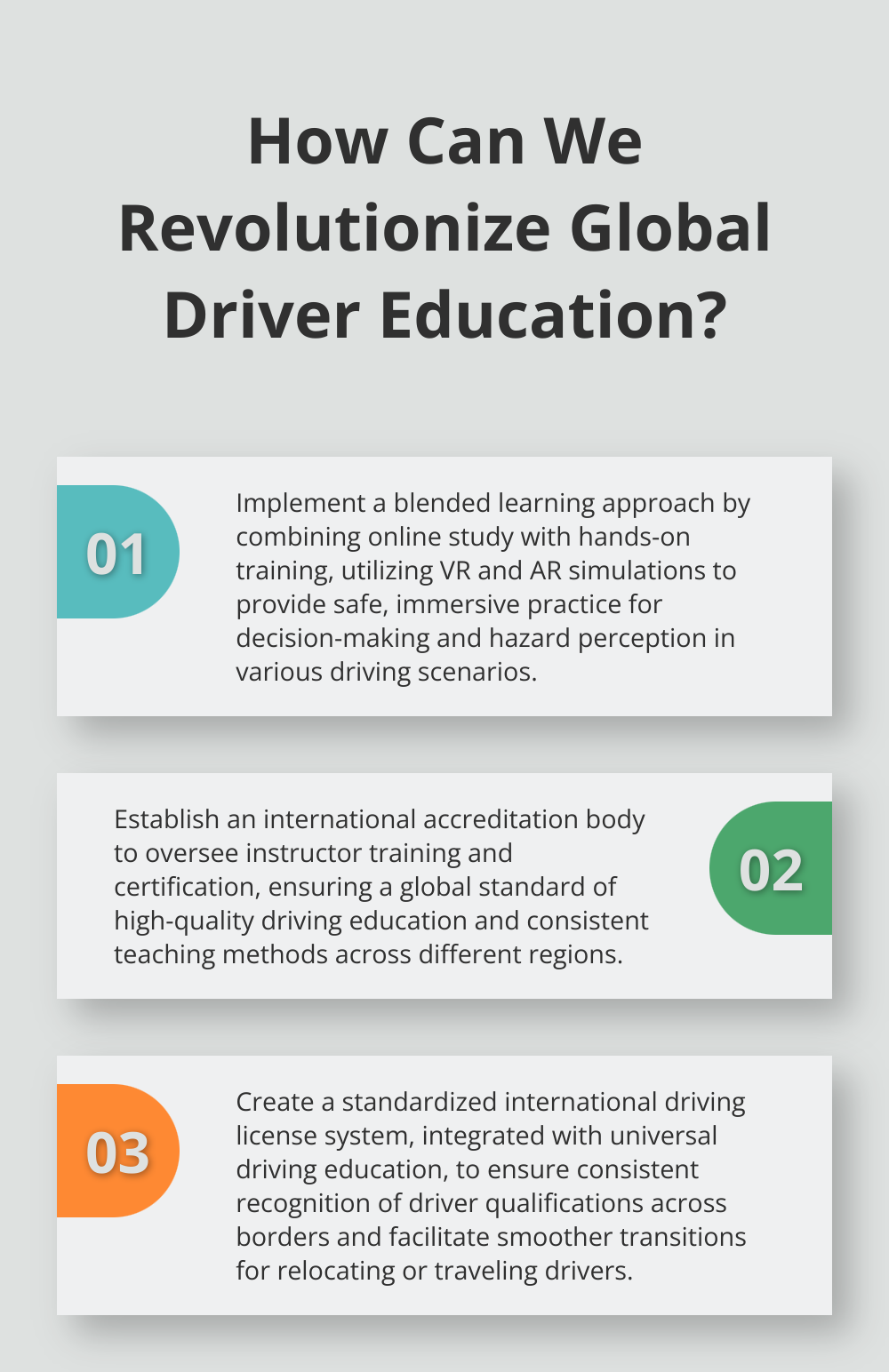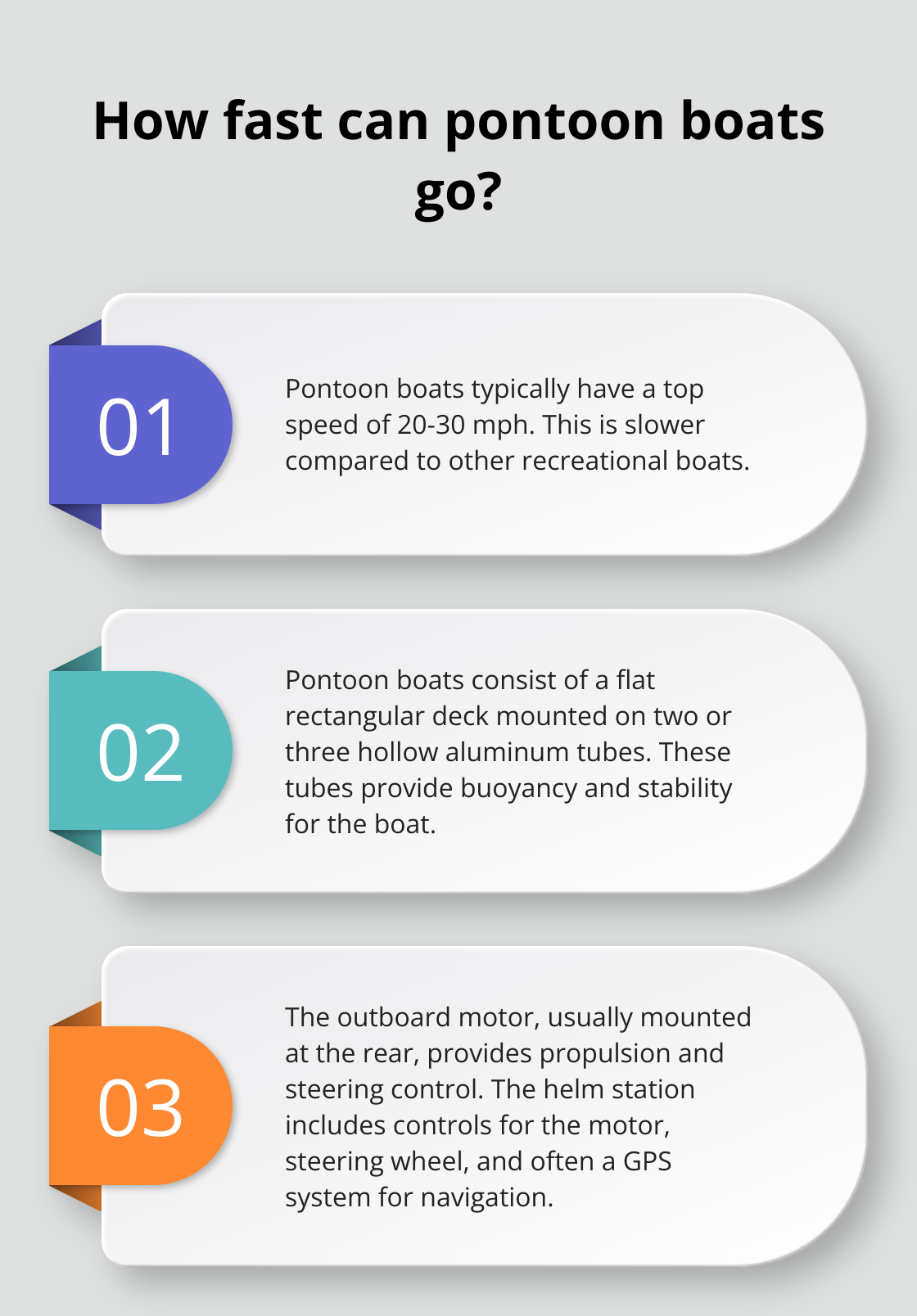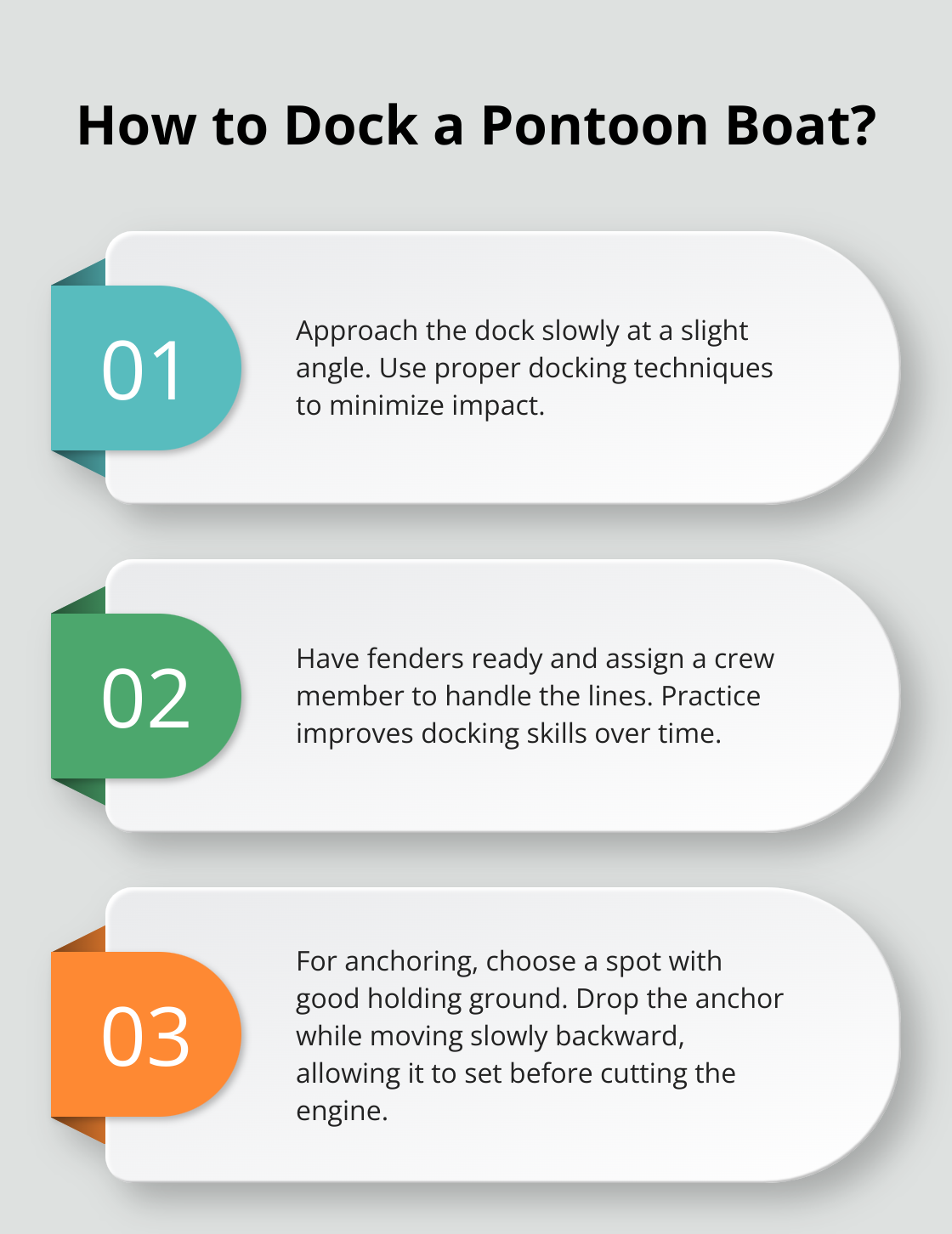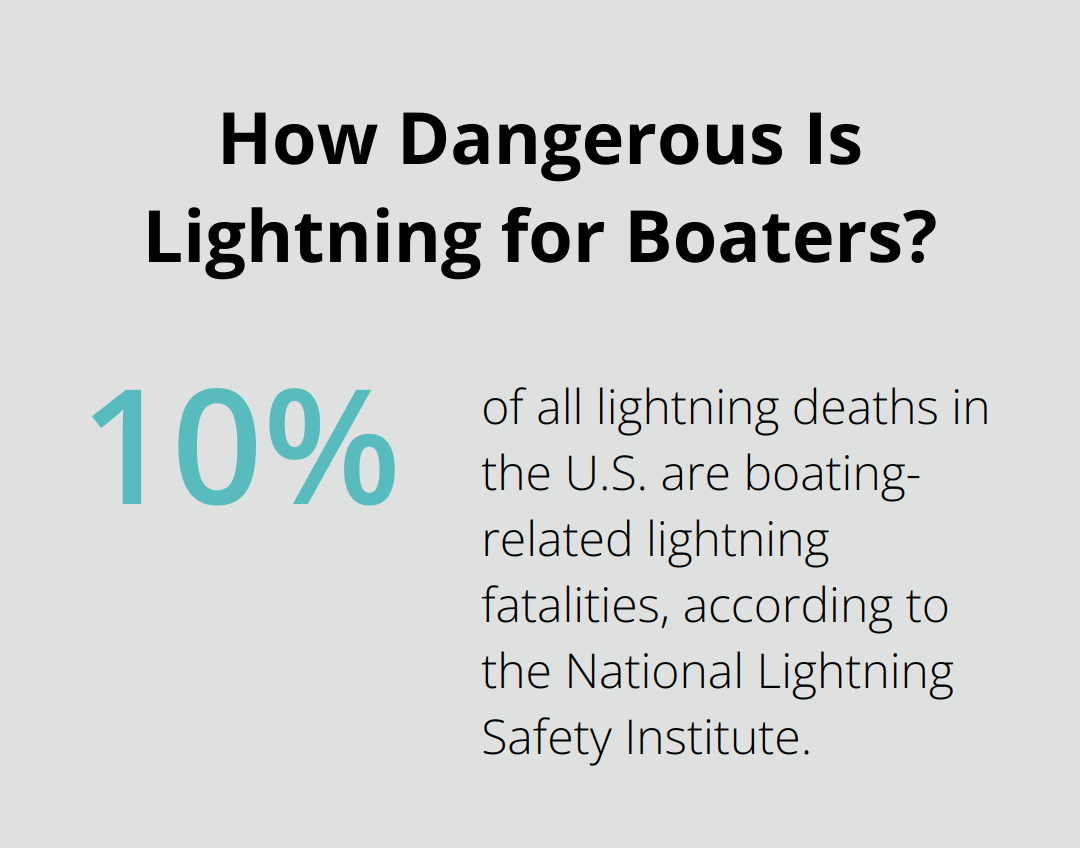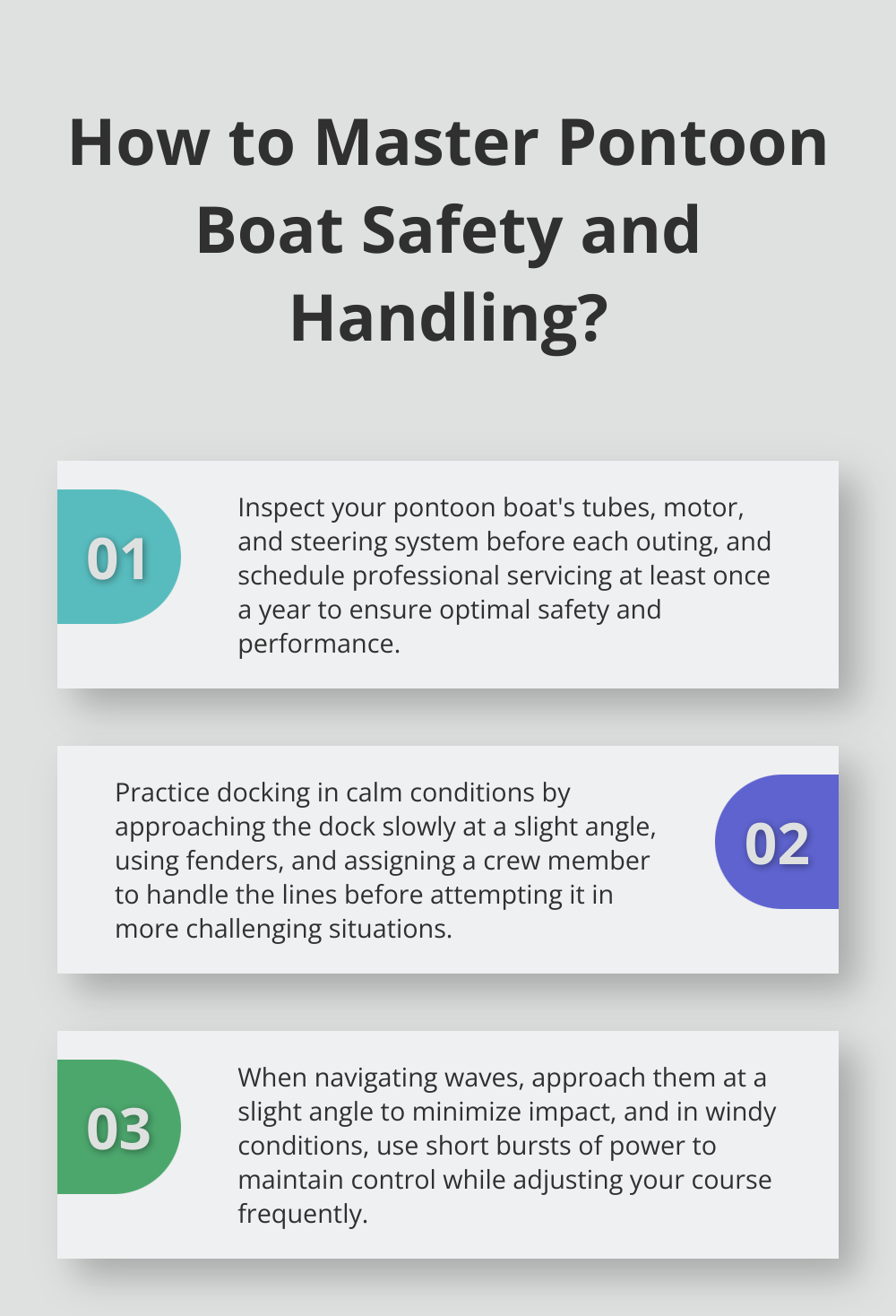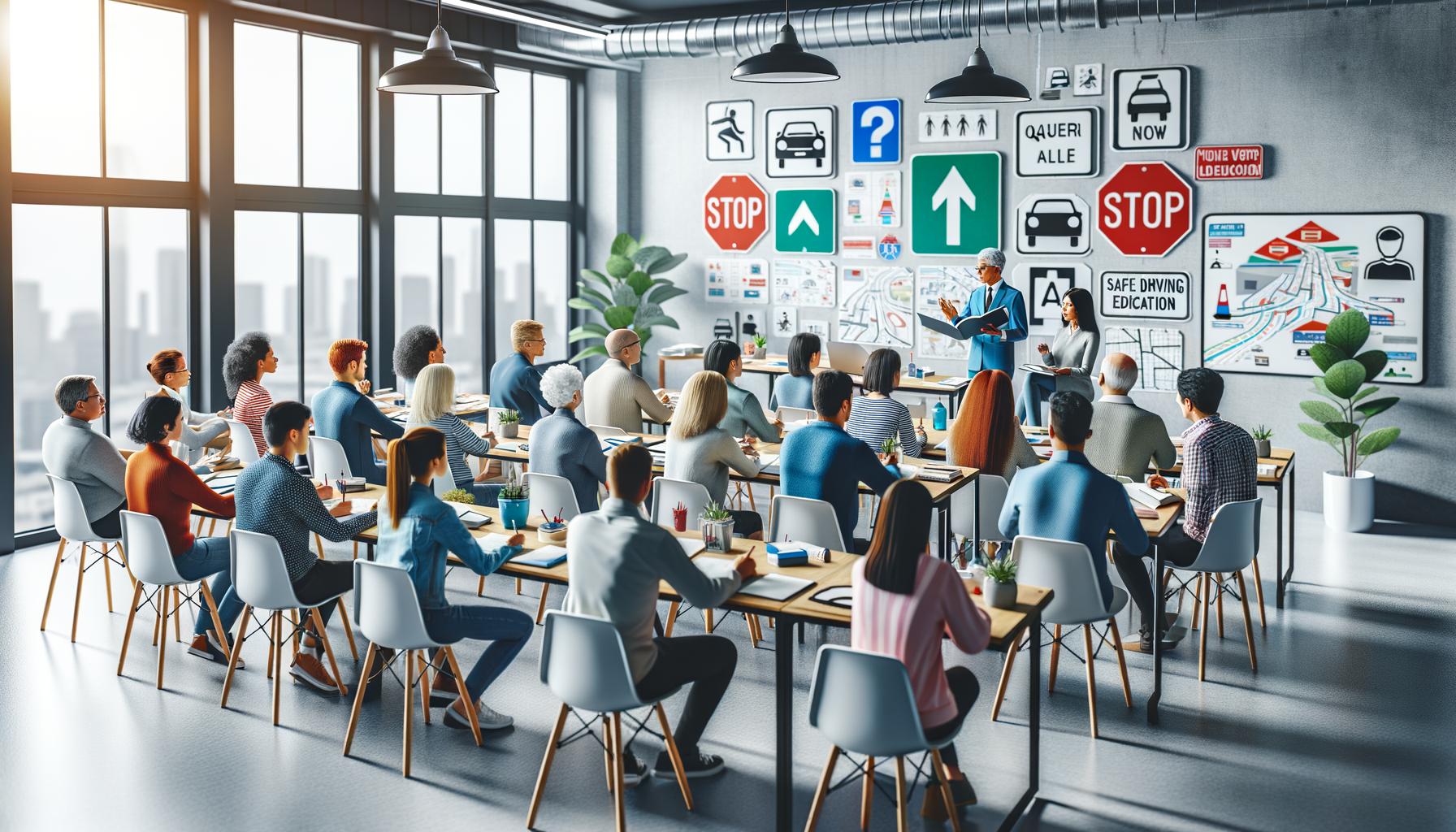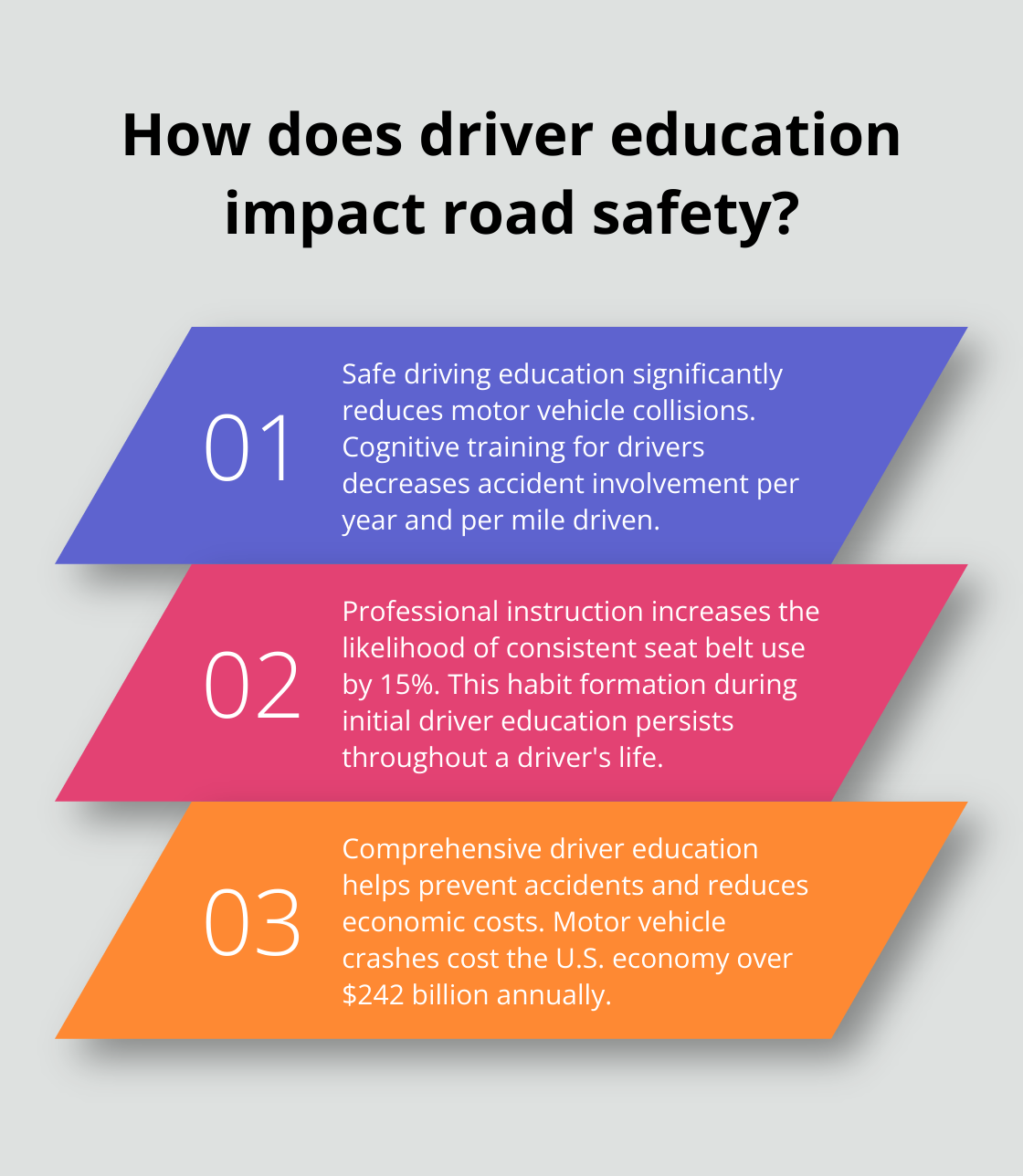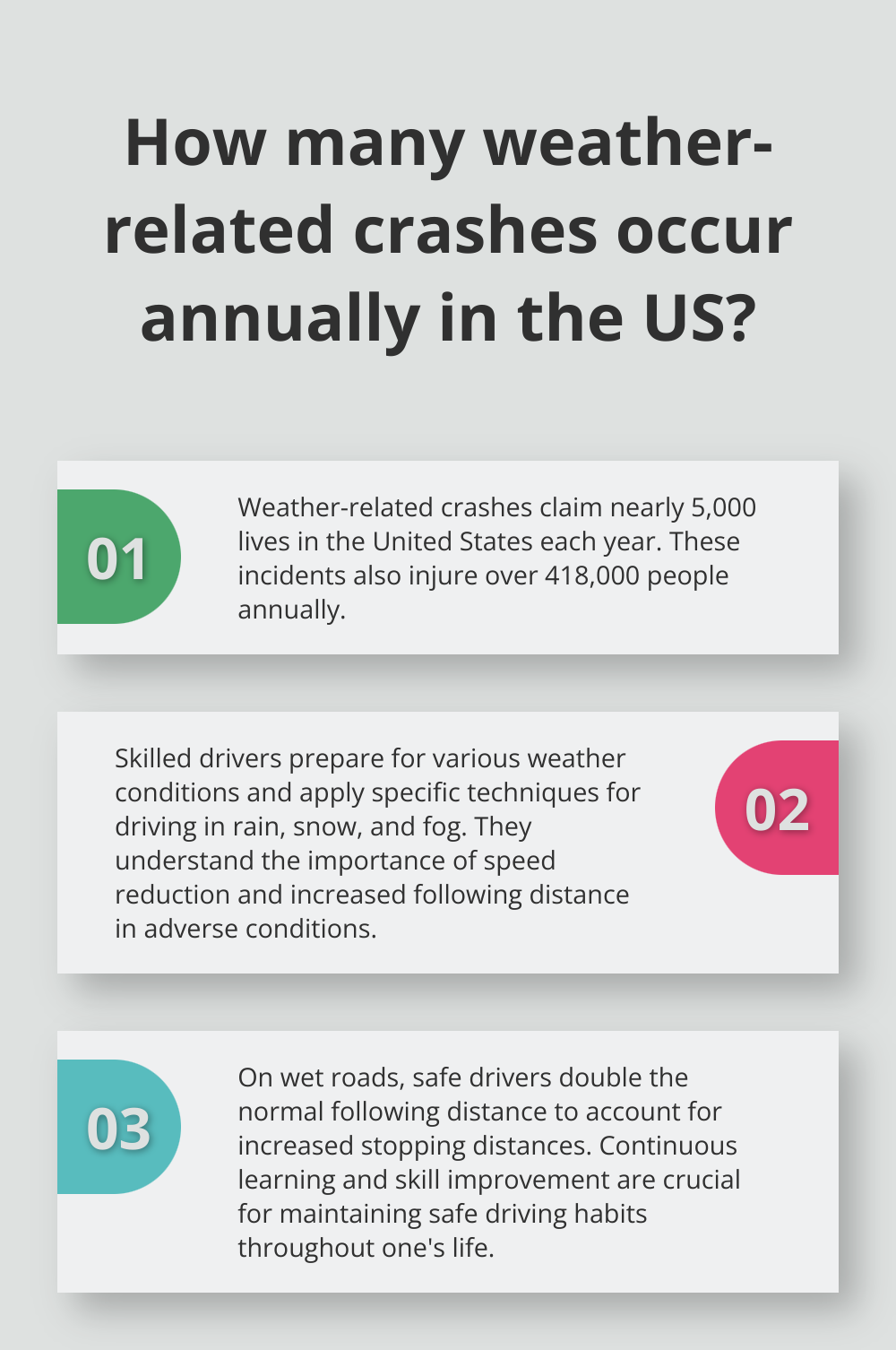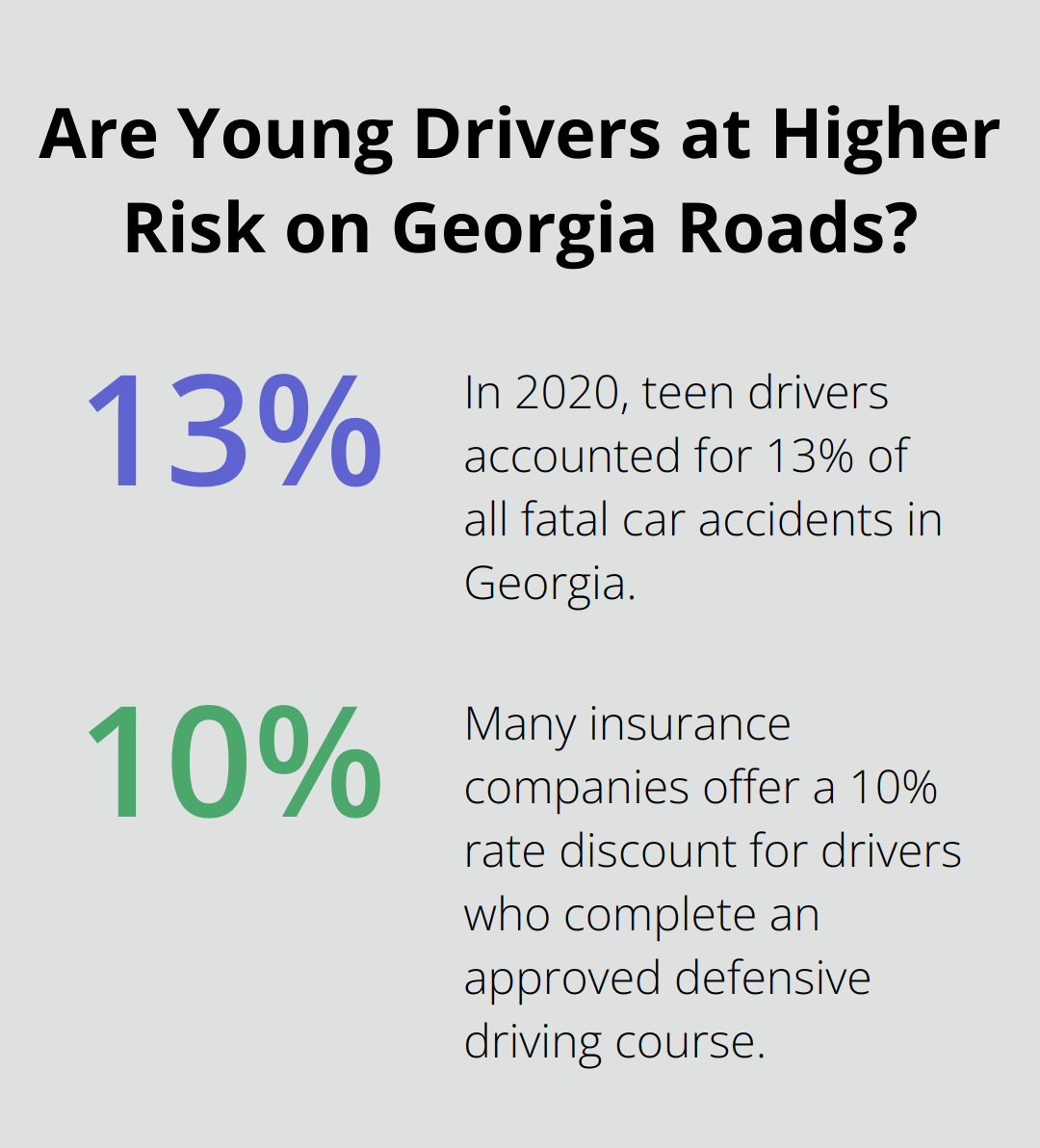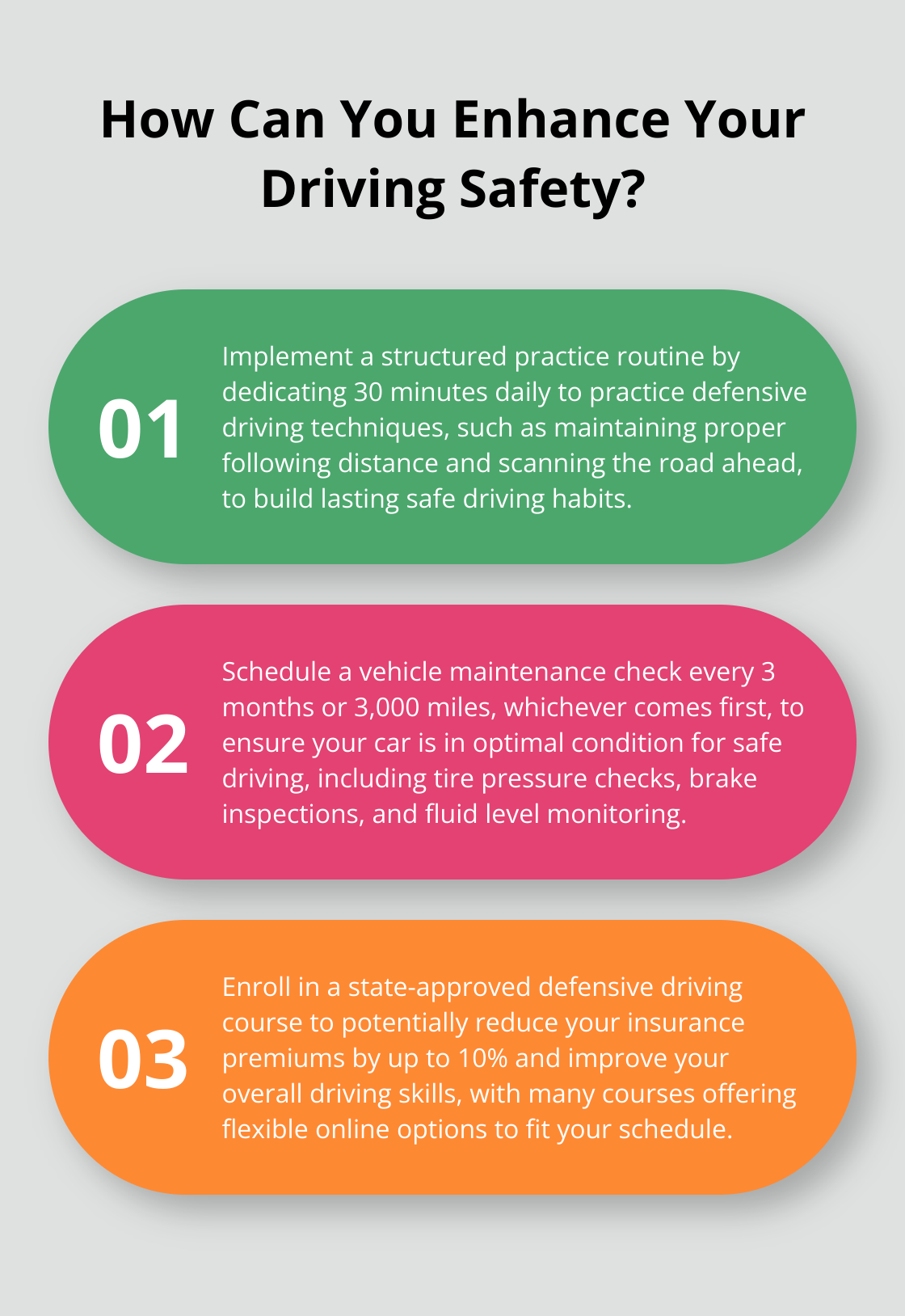How to Dismiss Tickets with Online Defensive Driving
At The Wiser Driver Driving School, we understand the frustration of receiving a traffic ticket.
Fortunately, there’s a convenient solution: defensive driving online ticket dismissal. This method allows drivers to potentially clear their record while improving their skills.
In this guide, we’ll walk you through the process of dismissing tickets through online defensive driving courses, helping you save time and money.
What Are Traffic Violations and How Can You Dismiss Them?
Types of Traffic Violations
Traffic violations occur frequently on our roads, ranging from minor infractions to serious offenses. These violations include speeding (a factor in 29% of all traffic fatalities in 2020, according to the National Highway Traffic Safety Administration), running red lights, illegal turns, and failure to yield. More severe offenses encompass reckless driving or driving under the influence.
The Ticket Dismissal Process
When you receive a traffic ticket, you typically have three options:
- Pay the fine
- Contest the ticket in court
- Seek dismissal through a defensive driving course
The last option often provides the most benefits for drivers. To dismiss a ticket through defensive driving:
- Check with your local court to confirm eligibility (rules vary by state)
- Enroll in a state-approved defensive driving course
- Complete the course within the specified timeframe
- Submit proof of completion to the court
Benefits of Defensive Driving for Ticket Dismissal
Choosing defensive driving courses for ticket dismissal offers several advantages:
- Keeps points off your driving record: This is important for maintaining lower insurance rates. The Insurance Information Institute notes that insurers will increase your premium by a certain percentage if you receive a ticket, with the amounts varying from company to company.
- Refreshes knowledge: These courses update your understanding of traffic laws and safe driving practices. The National Safety Council reports that defensive driving courses can reduce collision rates by up to 10%.
- Offers convenience: Many states allow you to complete these courses online, making it a flexible option for busy schedules.
Online Defensive Driving Courses
Online defensive driving courses provide a convenient solution for ticket dismissal. These courses offer comprehensive content and flexibility, allowing you to improve your skills and potentially dismiss your ticket from the comfort of your home.
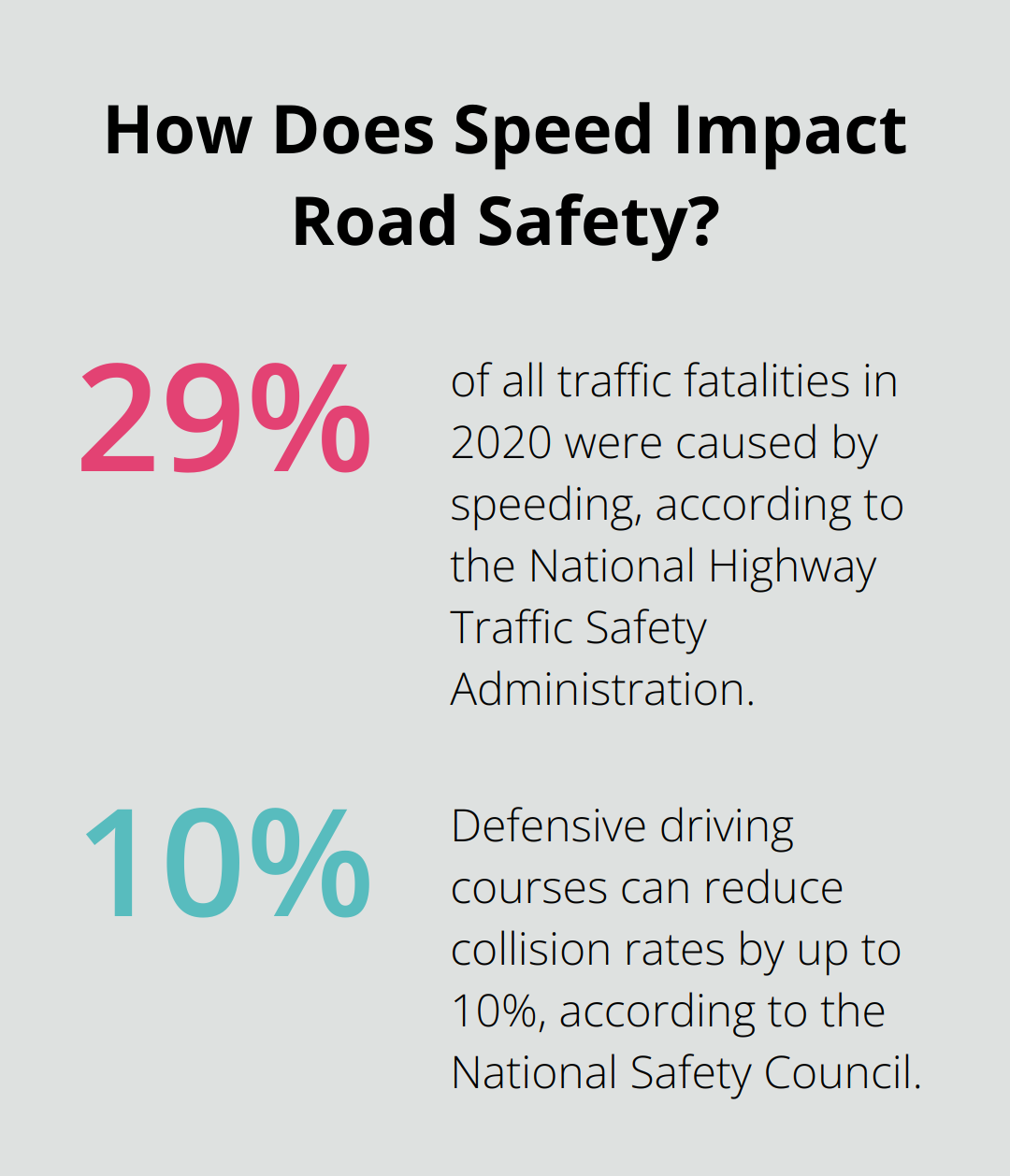
When selecting an online defensive driving course, consider factors such as state approval, course content, and user reviews. The Wiser Driver Driving School offers online defensive driving courses that meet these criteria and provide a user-friendly experience.
As we move forward, let’s explore the specifics of online defensive driving courses and how they can help you dismiss your ticket efficiently.
Why Choose Online Defensive Driving Courses?
Course Content and Structure
Online defensive driving courses have transformed traffic violation management and skill improvement for drivers. These courses offer a comprehensive curriculum covering essential aspects of safe driving, traffic laws, and accident prevention techniques. The National Safety Council’s online defensive driving course, for example, delivers the most relevant, leading-edge content to train drivers to avoid collisions, crashes, injuries or worse. To enhance learning retention, these courses often incorporate interactive elements (such as videos, quizzes, and simulations).
Flexibility and Convenience
The primary advantage of online defensive driving courses is their flexibility. Participants can learn at their own pace and on their own schedule, unlike traditional classroom settings. This flexibility particularly benefits busy professionals or those with irregular work hours.
Cost-Effectiveness
Online courses often cost less than their in-person counterparts. The average cost of an online defensive driving course ranges from $20 to $100 (depending on the state and provider). This price is significantly lower than many traffic fines, which can exceed $200 for common violations like speeding. Additionally, completing a defensive driving course can lead to insurance premium reductions. Some insurers offer discounts of up to 10% for drivers who complete approved defensive driving courses.
Selecting a Reputable Program
When choosing an online defensive driving course, it’s important to select a reputable provider. Look for courses that are state-approved and accredited by recognized organizations such as the National Safety Council or the American Safety Council. Check user reviews and ratings on independent platforms to gauge the quality of the course content and customer support.
Completion and Certification
Most online defensive driving courses take 4-8 hours to complete, depending on state requirements. Upon successful completion, participants receive a certificate that they can submit to the court or DMV for ticket dismissal or point reduction. It’s important to verify the specific requirements in your state, as the process for submitting completion certificates may vary.
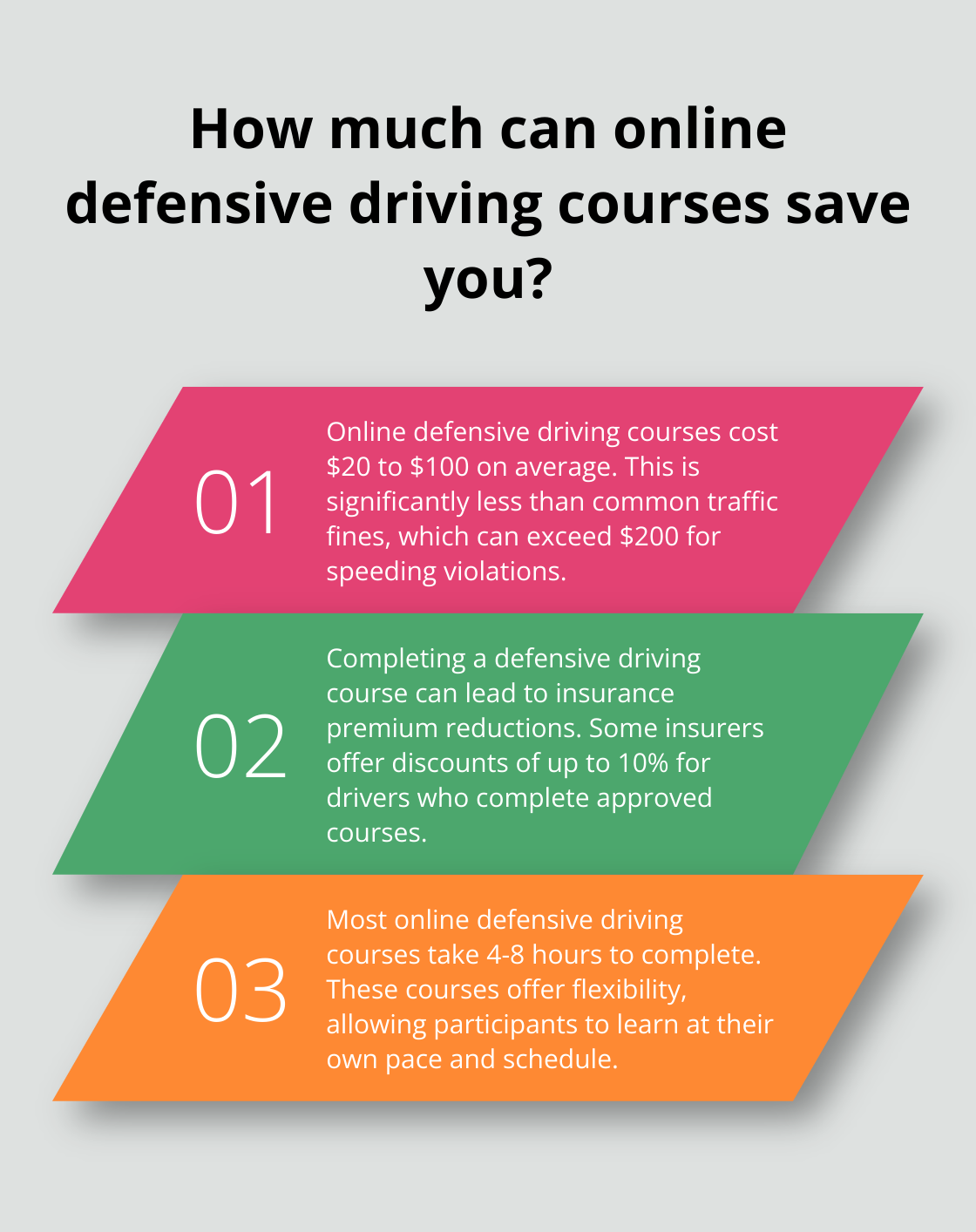
Now that we understand the benefits of online defensive driving courses, let’s explore the step-by-step process of using these courses to dismiss traffic tickets.
How to Dismiss Your Ticket Online
Verify Your Eligibility
Before you enroll in an online defensive driving course, check your eligibility for ticket dismissal. Contact your local court or visit their website to confirm that your specific violation qualifies for dismissal through a defensive driving course. Eligibility criteria vary by state and sometimes by county. For example, in Texas, most moving violations are eligible for dismissal, while in California, certain infractions (like DUIs) are not.
Choose and Enroll in an Approved Course
Once you confirm your eligibility, select a state-approved online defensive driving course. When choosing a course, consider factors like course duration, cost, and customer reviews. Most states require courses to be between 4 to 8 hours long. Prices typically range from $25 to $100, depending on the provider and state requirements.
Complete the Course and Get Certified
After enrollment, complete the online defensive driving course within the timeframe specified by your court. Most courses allow you to progress at your own pace, but stay mindful of any court-imposed deadlines. Pay attention to the course material, as you’ll need to pass a final exam to receive your completion certificate. The National Highway Traffic Safety Administration reports that speeding was a contributing factor in 29% of all traffic fatalities in 2022.
Submit Your Documentation
Upon successful completion of the course, you’ll receive a certificate of completion. Submit this certificate to the court, along with any additional required documentation, before the deadline. Some courts accept electronic submissions, while others require physical copies. Follow the court’s instructions carefully to avoid any issues with your ticket dismissal. The American Automobile Association (AAA) advises keeping a copy of all submitted documents for your records.
Monitor the Process
The ticket dismissal process can take several weeks. During this time, continue to drive safely and avoid additional violations. If you haven’t received confirmation of your ticket dismissal after a reasonable period (typically 4-6 weeks), contact the court to check on the status of your case. This proactive approach ensures that your efforts to dismiss a traffic ticket don’t go to waste due to administrative oversights.
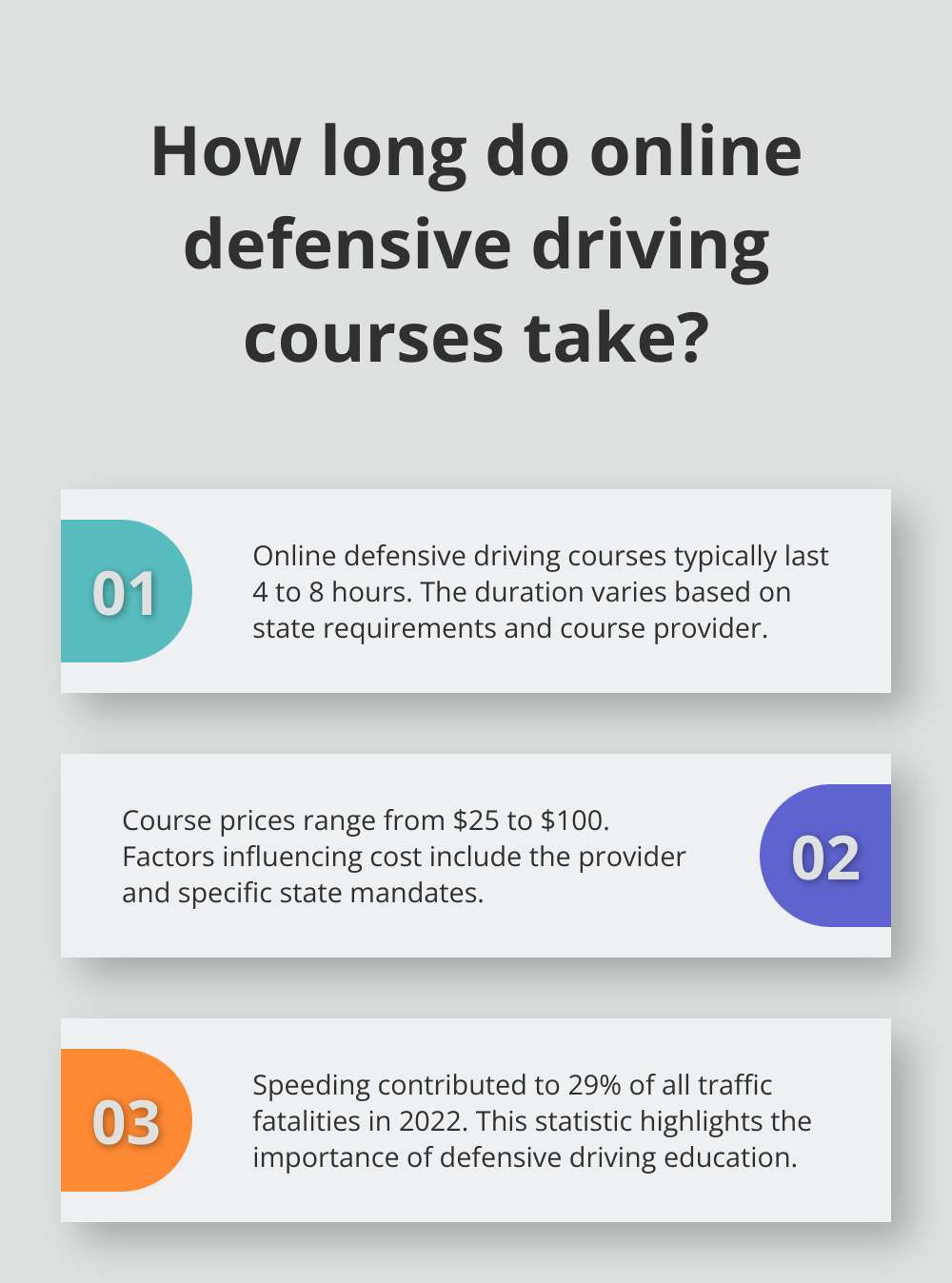
Final Thoughts
Defensive driving online ticket dismissal offers drivers a chance to clear their record and enhance their skills. This process involves verifying eligibility, completing a state-approved course, and submitting documentation to the court. The benefits extend beyond ticket dismissal, as participants gain valuable knowledge about traffic laws and safe driving techniques.
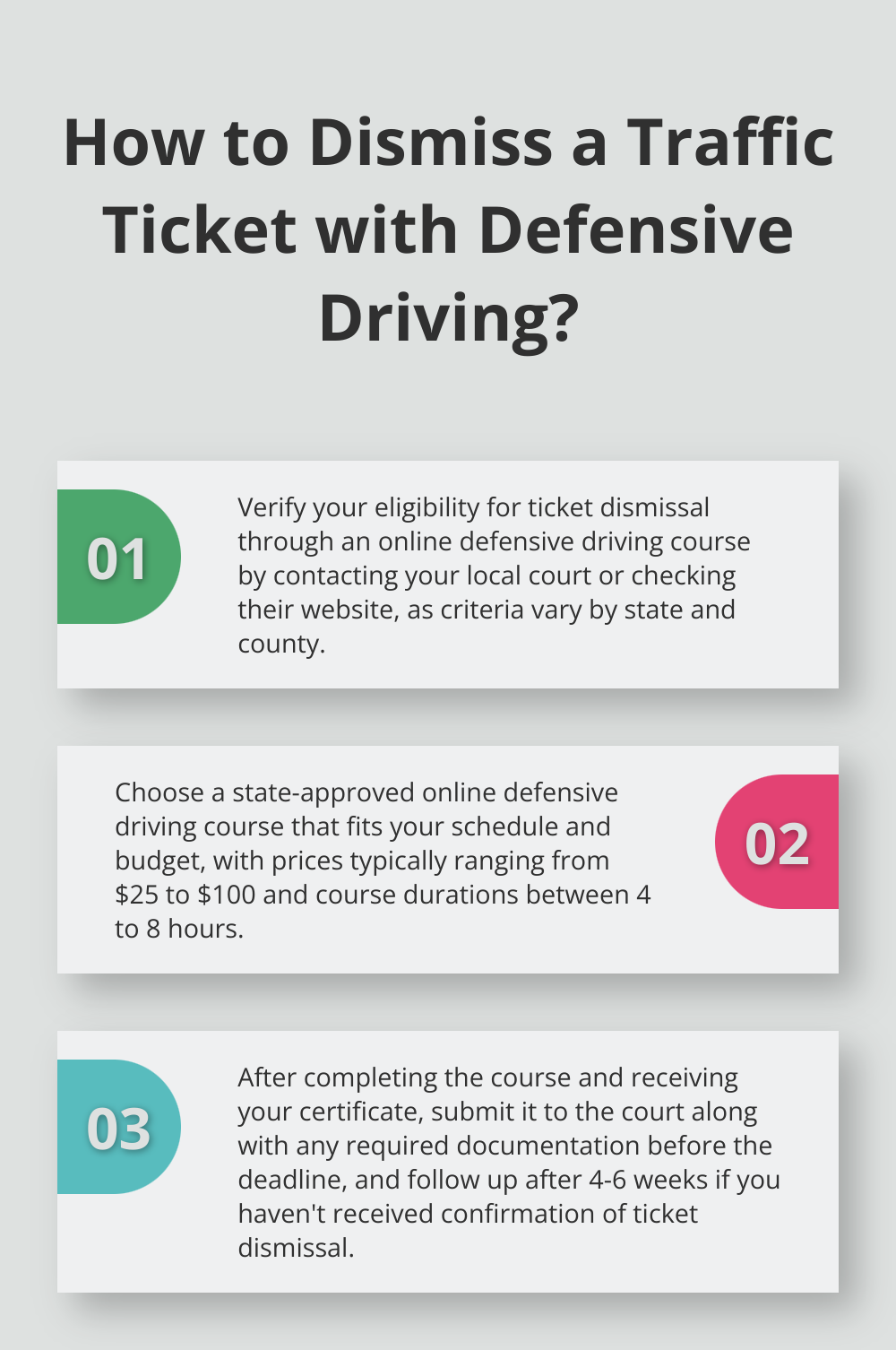
Road safety is about protecting yourself and others, not just avoiding tickets. The skills learned through defensive driving courses help drivers anticipate and respond to hazards more effectively. These courses can lead to long-term improvements in driving habits and potentially reduce the risk of future violations and accidents.
The Wiser Driver Driving School is committed to helping drivers improve their skills and confidence on the road. Our programs, including defensive driving courses, are designed to meet state requirements and provide practical learning experiences. Consider taking a defensive driving course to invest in your long-term safety and skill development as a driver.



